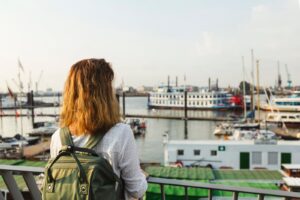A couple of months ago, I reconnected with a friend, Nikki, here in New Zealand. Nikki attended one of the online bootcamps I used to co-run, where we taught people how to build a career in travel or start their businesses. Last year she and her partner decided to leave Wellington and head a couple of hours north to Whanganui, where they’ve just opened their boutique gin distillery, Papaiti Gin.
Whanganui sits halfway between Wellington and Taranaki on the east coast of New Zealand’s North Island, one of the country’s oldest cities. As we yarned on a Zoom call, I was immediately struck by how cool Whanganui sounded. My writer’s ears perked right up, hearing things like a foodie scene, street art, cool nature, and creative folk. I had to go.
Over the years, I’ve passed through Whanganui, but I’ve never actually spent time there. And I’ve been here a long time, and I’ve been everywhere, and it’s not often that I feel stunned by a destination anymore. And guys, wow, Whanganui surprised me so much! It was time to visit Whanganui properly.
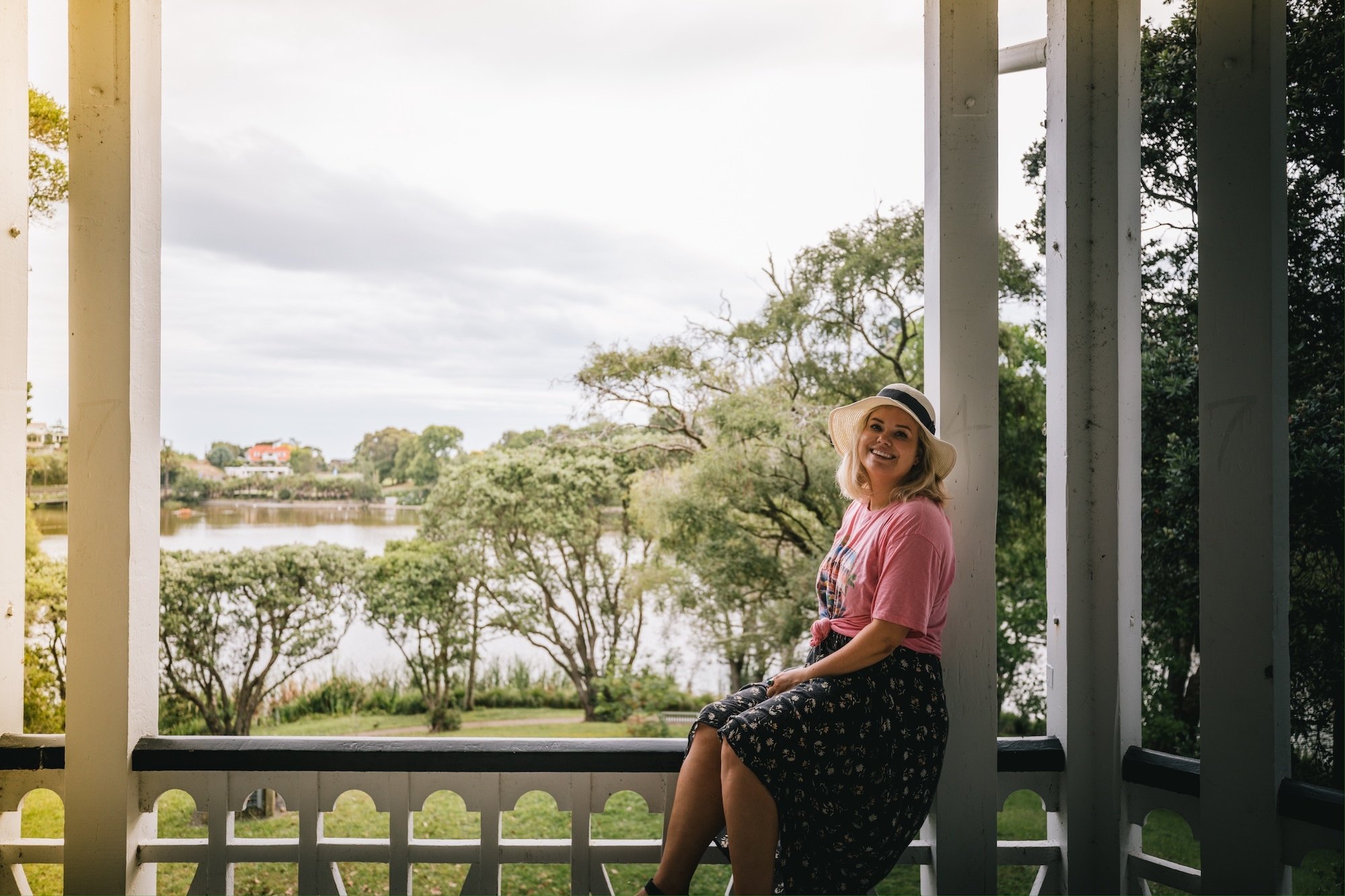
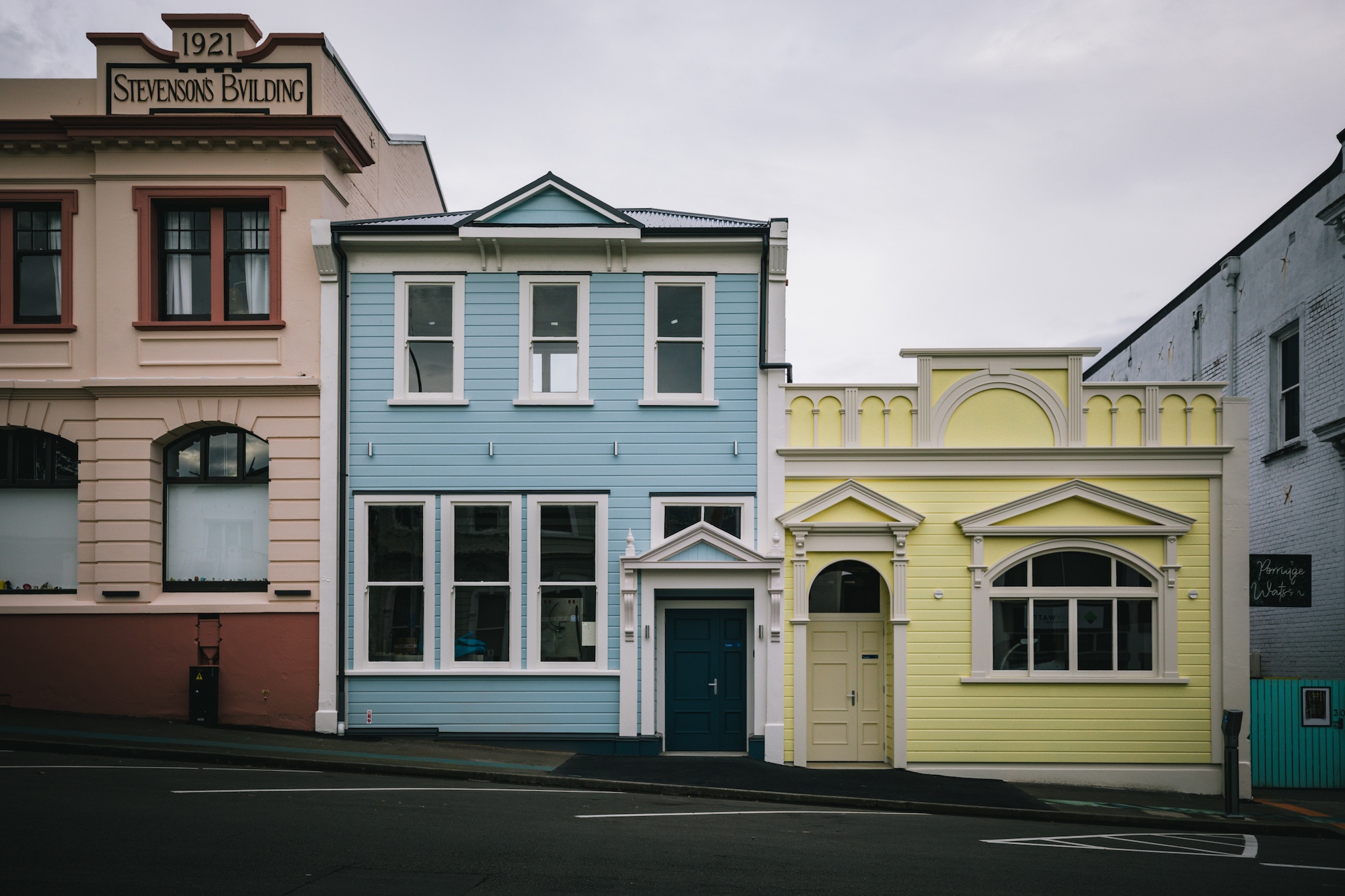
I don’t think I can emphasize enough just how important the Whanganui River is, both in the past, present, and future. In fact, it’s so important that in 2017 the Whanganui River was recognized in New Zealand law as a living being with legal personhood.
For Māori, the Whanganui River has long been a vital source of food, transport, and a spiritual home. It’s been settled for nearly one thousand years. Once Europeans arrived, they removed many structures along the river where Māori caught eels so their steamboats could travel further. The Whanganui River is one of New Zealand’s oldest tourism centers, with visitors since the late 19th century. On your trip to visit Whanganui, you must spend some time on the river.
There is a well-known Māori whakataukī (proverb) that ends:
‘E rere kau mai te Āwanui,
Mai i te Kāhui maunga ki Tangaroa
Ko au te awa ko te awa ko au.’
“The great river flows from the mountains to the sea. I am the river; the river is me.”
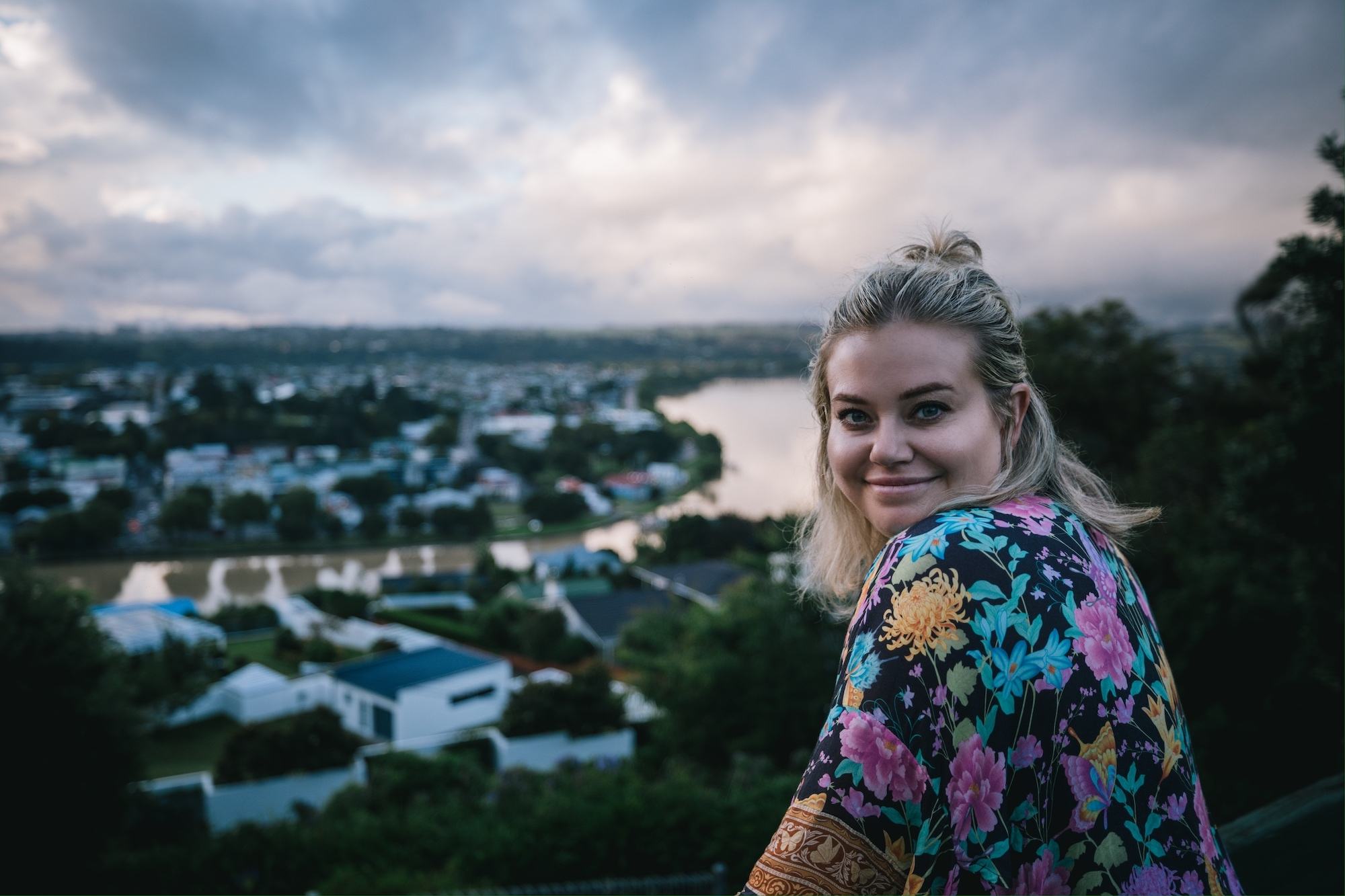
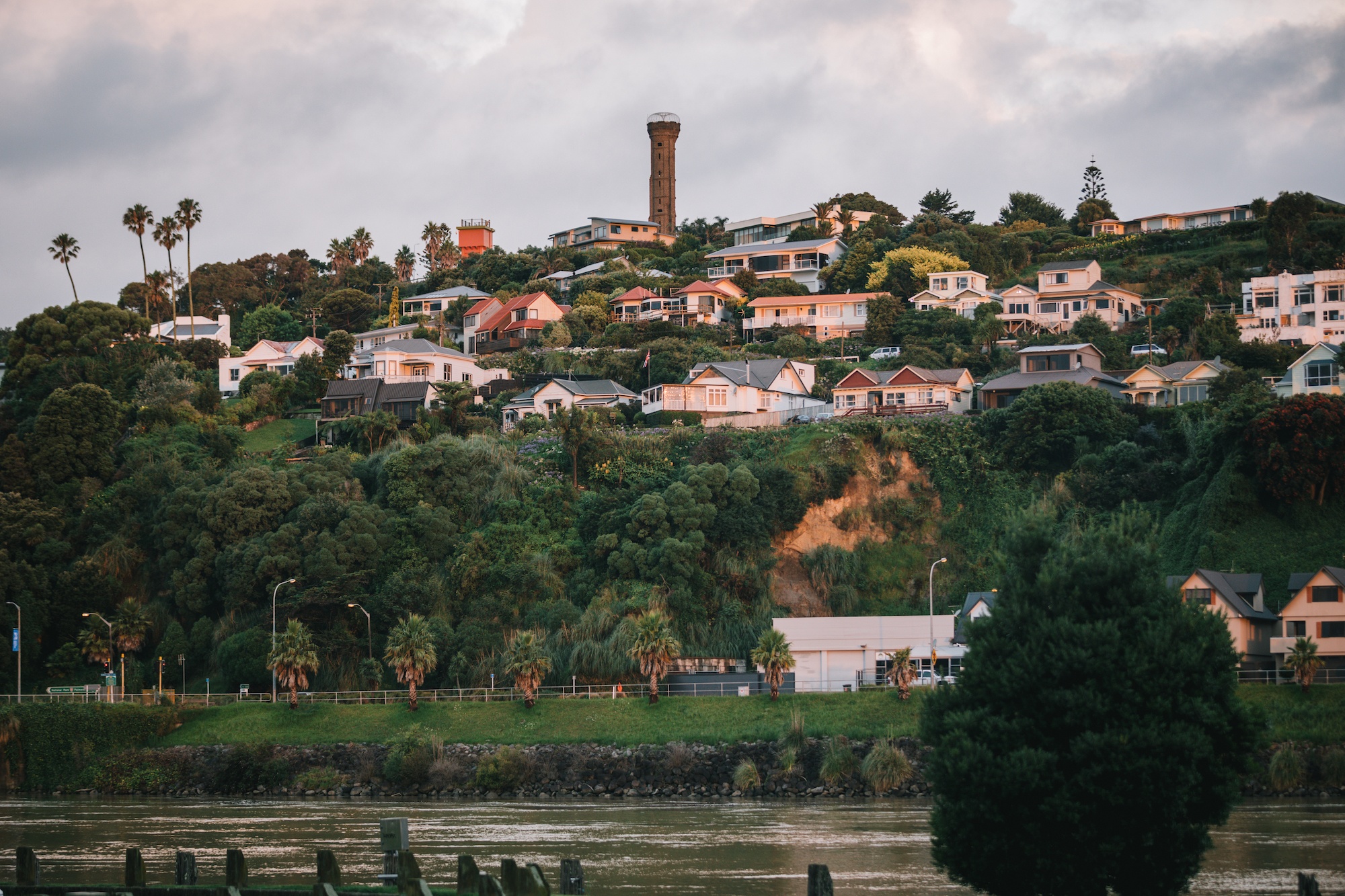
Anyways, add Whanganui, New Zealand, to your bucket list ASAP. It’s not often that I stumble across a place that surprises me as much as Whanganui did. A visual feast, it’s got everything I love in one place: epic nature, fantastic history and culture, great foodie spots, and a thriving arts scene.
Whanganui was everything Nikki described and more. It’s perfect! When you think of a place that is up and coming, this is it.
I’ve got heaps of stories to share about my week-long adventure here; to visit Whanganui is to be delighted and surprised. Here are 30 of my favorite photos from the trip – enjoy.
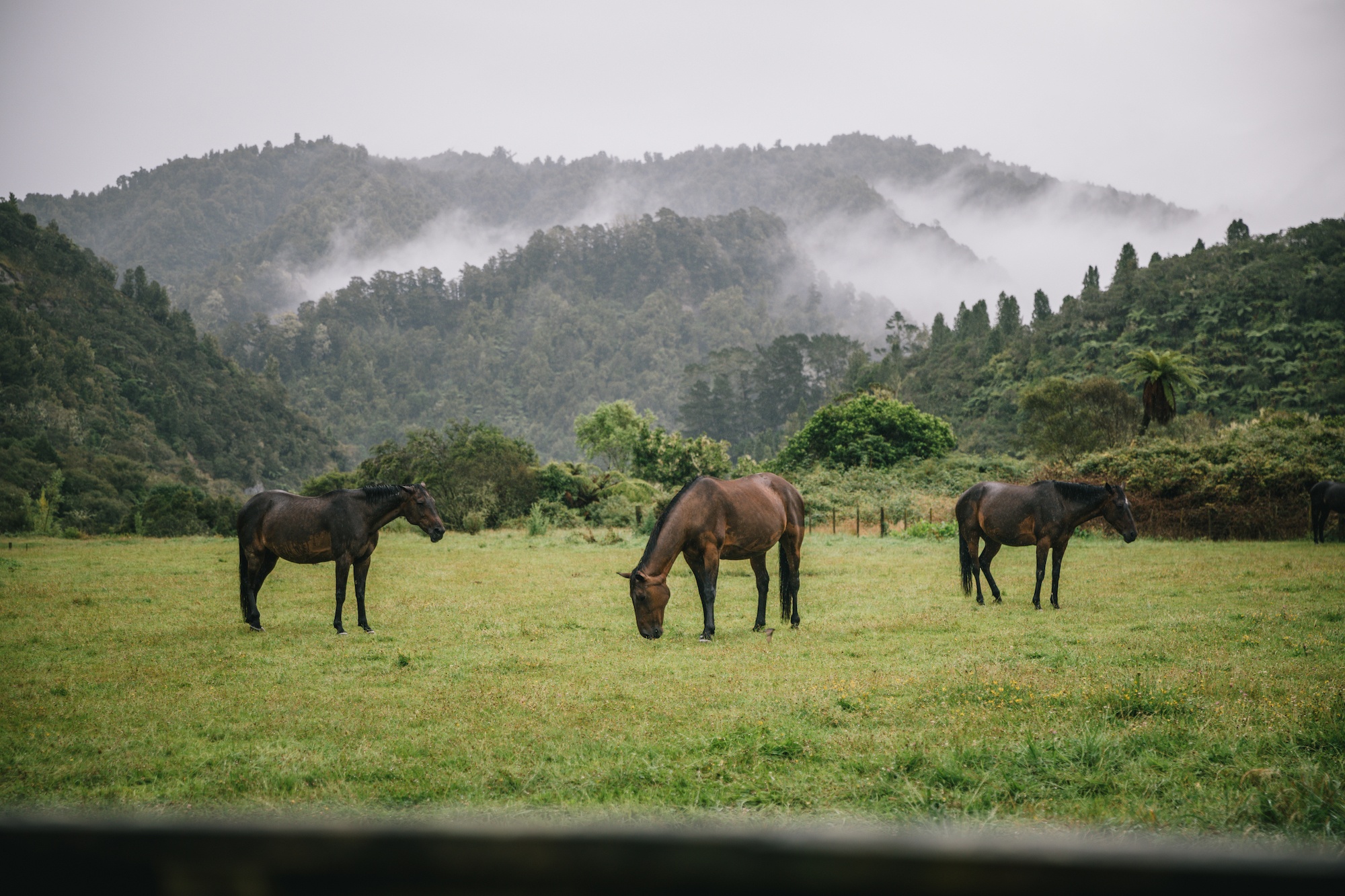
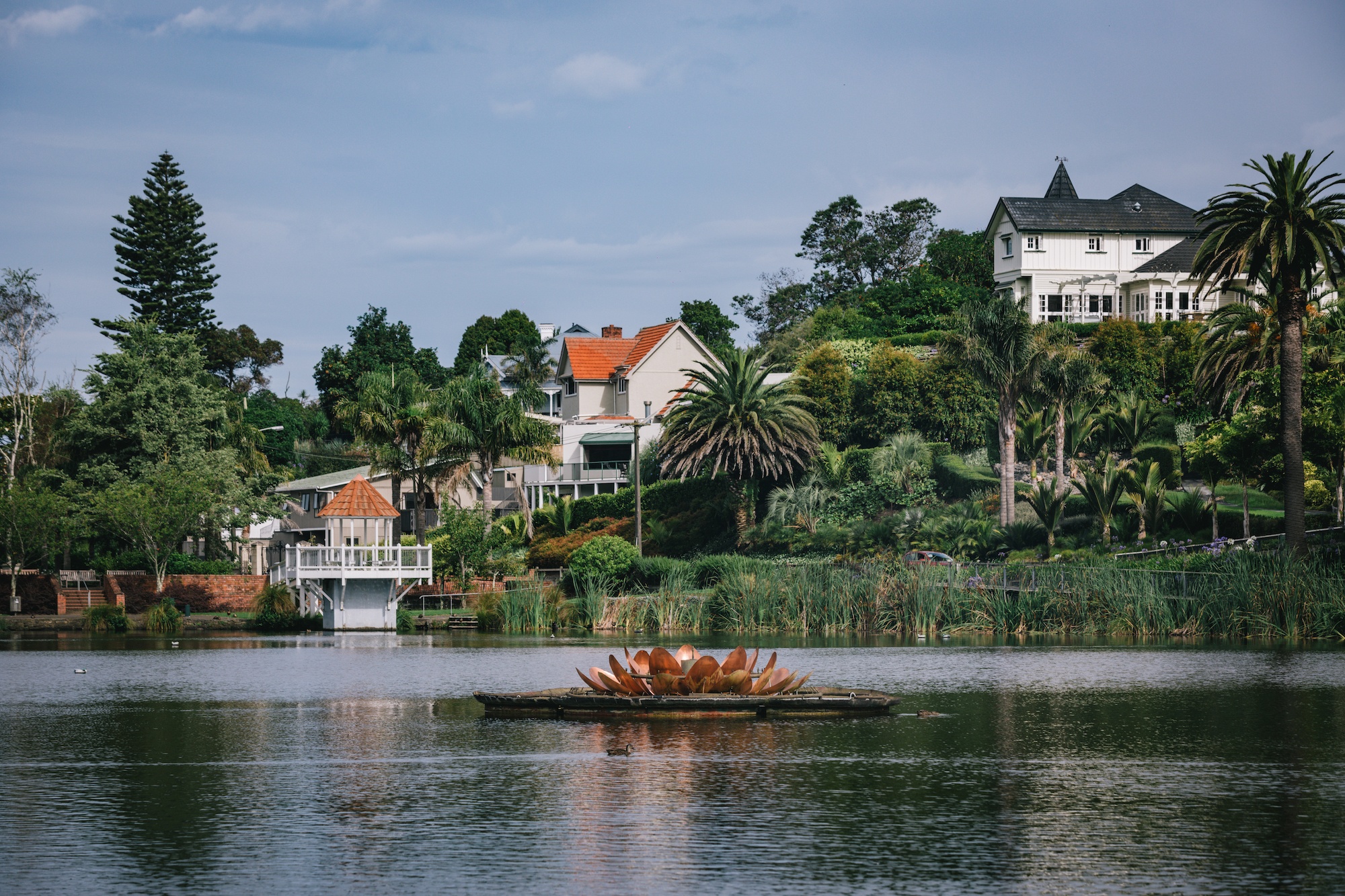
Spend some time on the iconic Whanganui River
New Zealand’s longest-navigable river is one of the most extraordinary natural spaces in the country.
Here you have the best of everything from history and culture to incredible nature, all connected by the longest navigable river in the country. Clocking in at 290 kilometers long, it is also officially one of New Zealand’s Great Walks, but instead of hiking on land, the Whanganui Journey is a Great Walk on water.
You can paddle it in a Canadian-style canoe over three or five days staying in DOC huts along the way. This is not a trip for solo travelers or those who aren’t strong swimmers, can paddle for hours and hours, or don’t have canoe/kayak experience. But the best way to experience the river is on a guided trip.
I was lucky enough to join in on a local Māori-owned and operated three-day trip with Whanganui River Adventures. We didn’t get so lucky as we happened to time it with the arrival of that huge, unusual cyclone that hit Auckland and the North Island this summer. We got one day of paddling in before the river flooded overnight, and we had to abort. At least this gives me a big reason to come back!
Another great way to get on the river closer to town is to hop on the Waimarie, New Zealand’s only coal-fired paddle steamer operating from the golden riverboat era of the late 19th and early 20th centuries. They also have great sustainability values.
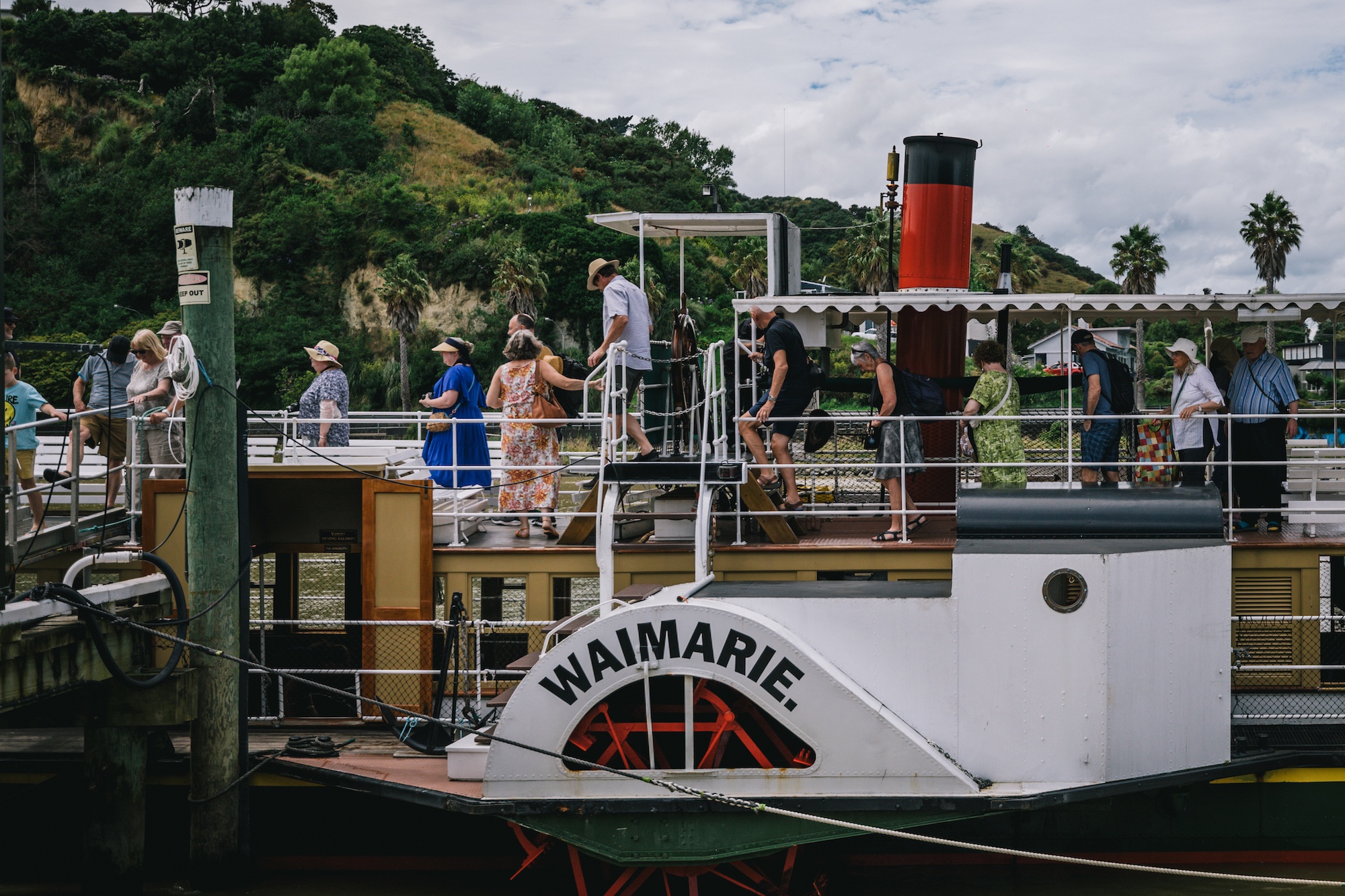
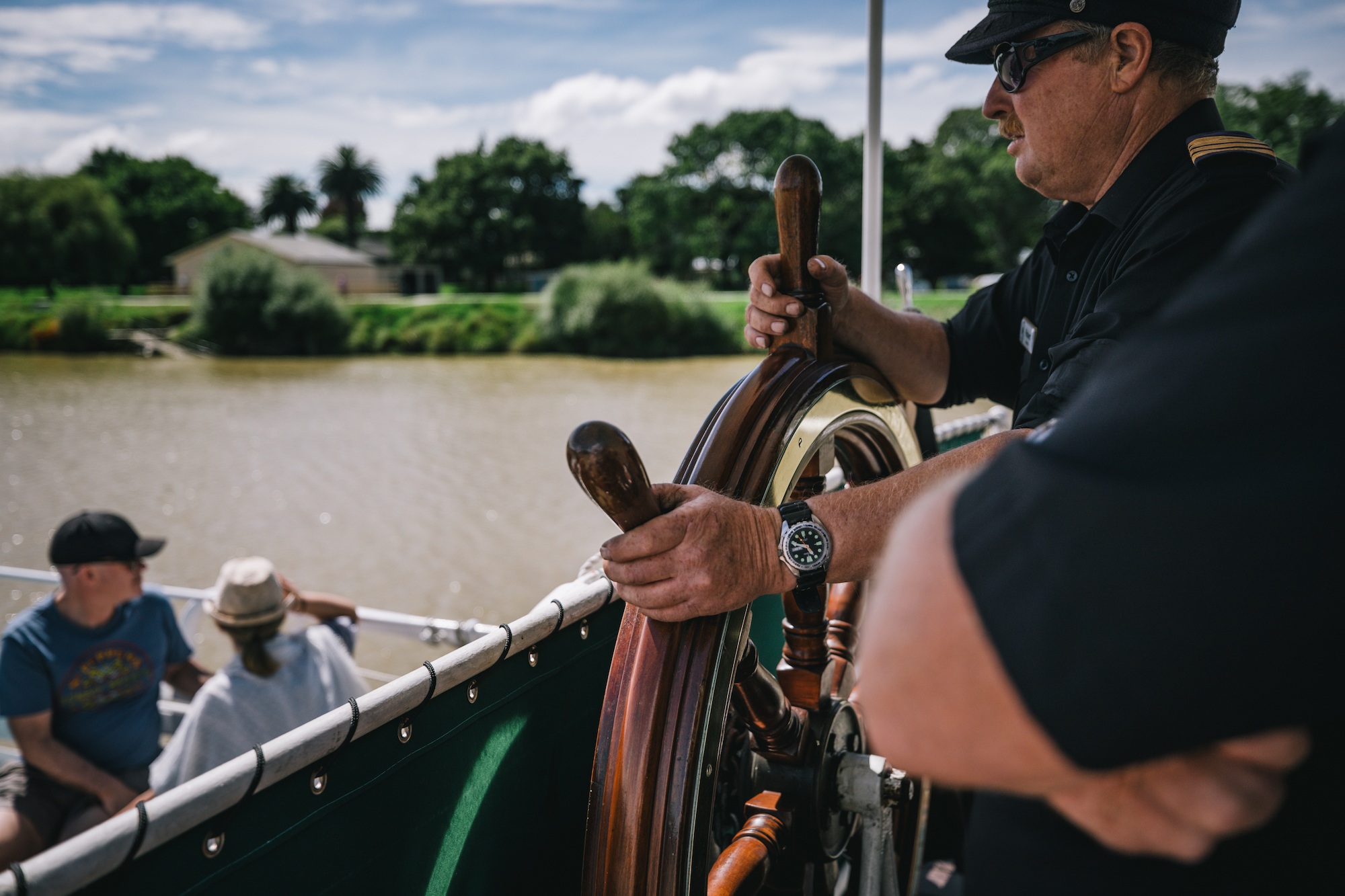
Sleep in the Ioana Tiny House – a boat turned into a home
It’s not every day you get to stay in a historic boat that’s been converted into a modern and stylish tiny home. The Iona Tiny House was brought to life by local architect Elinor and sits along the banks of the Whanganui River, right across from the center of town. You’ve got city and nature right on your doorstep here, literally.
Made from the timber hull of the Iona, a historic boat, it’s one of the most interesting and creative places I’ve stayed in New Zealand! With all the trimmings and comforts you expect in a very cool setup, it’s perfect. And did I mention the wooden outdoor spa?
Normally I get to stay in these places for only one or two nights, but I spent nearly a week here. It was tough to leave.
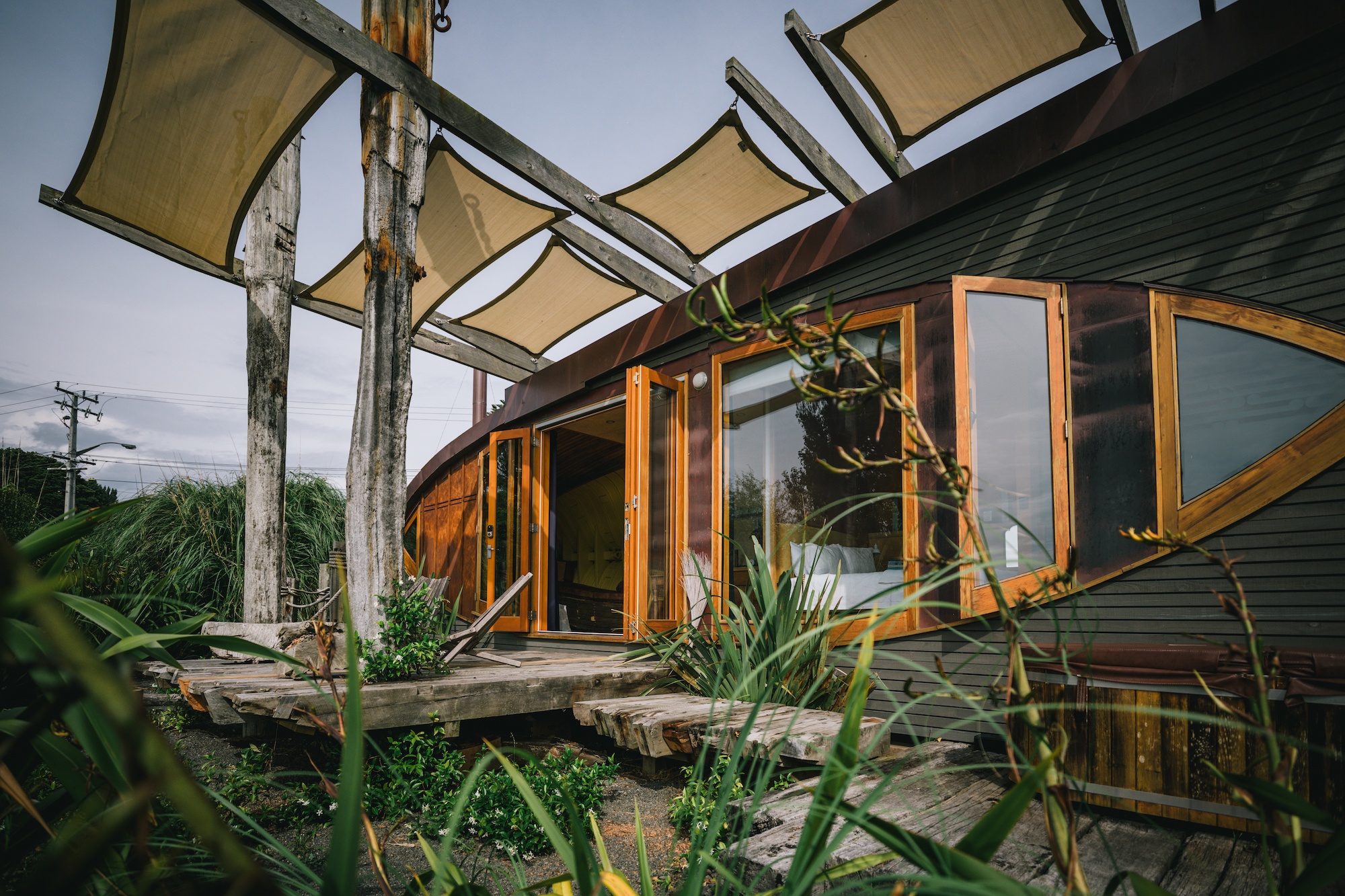
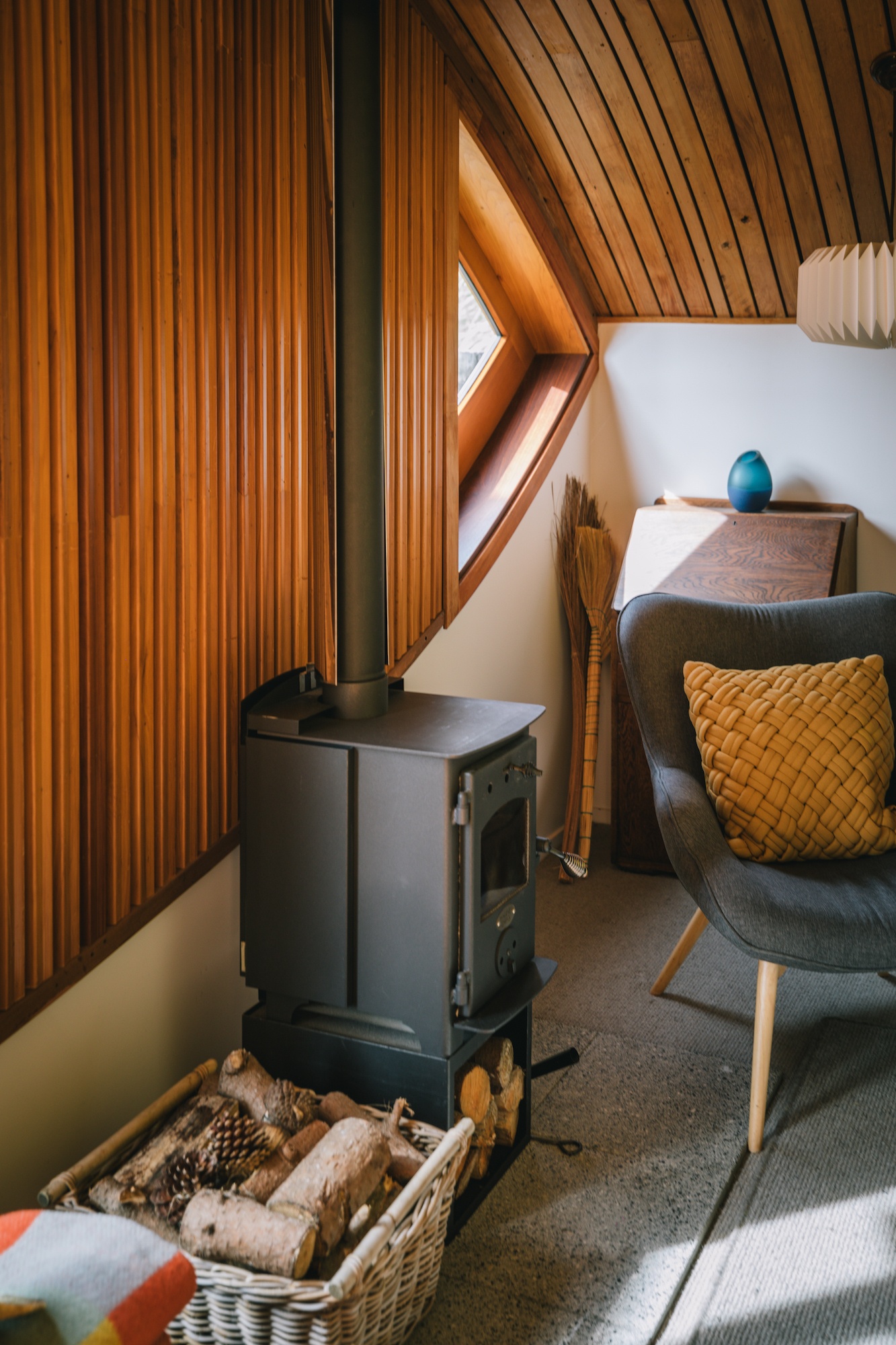
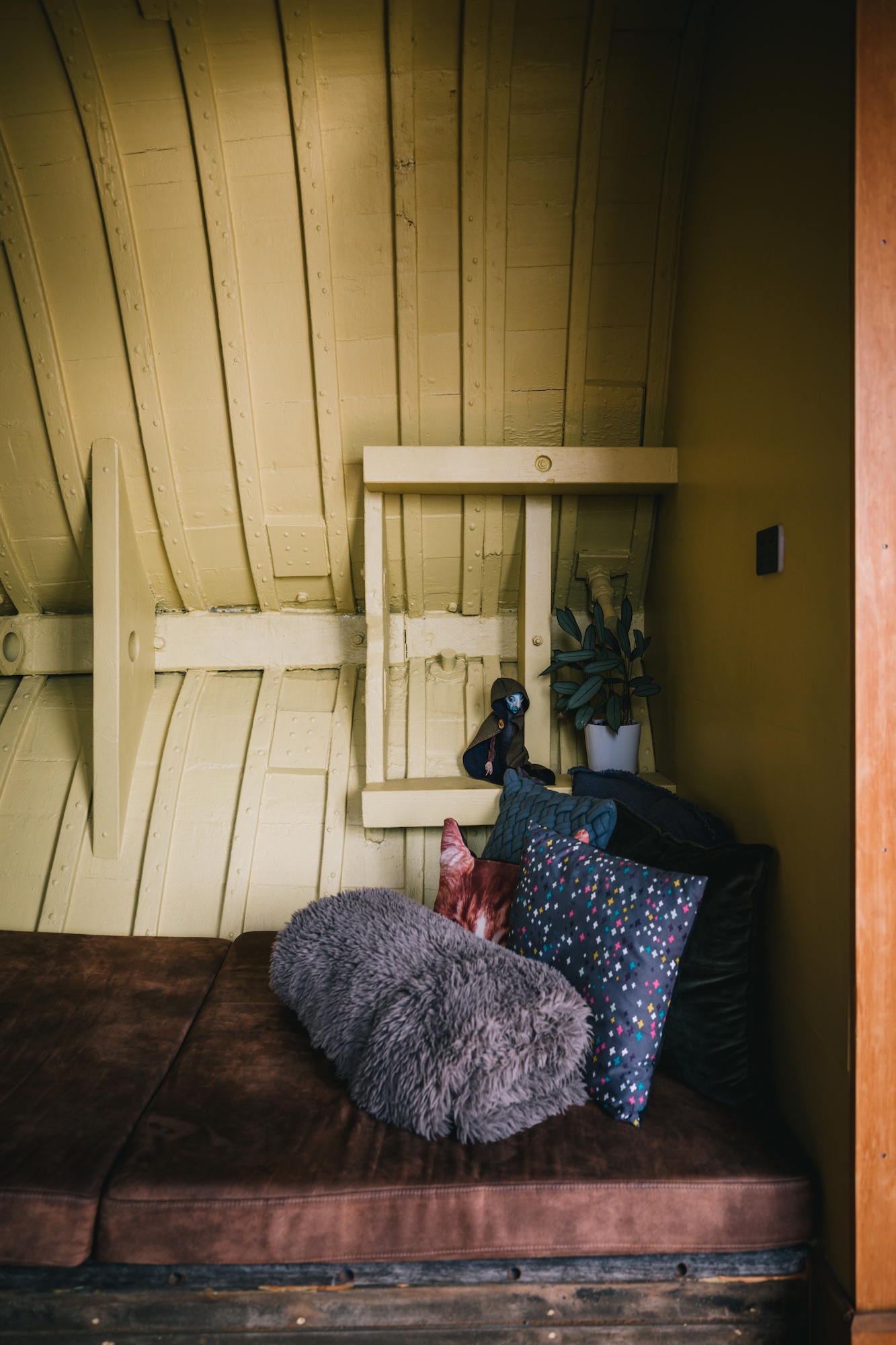
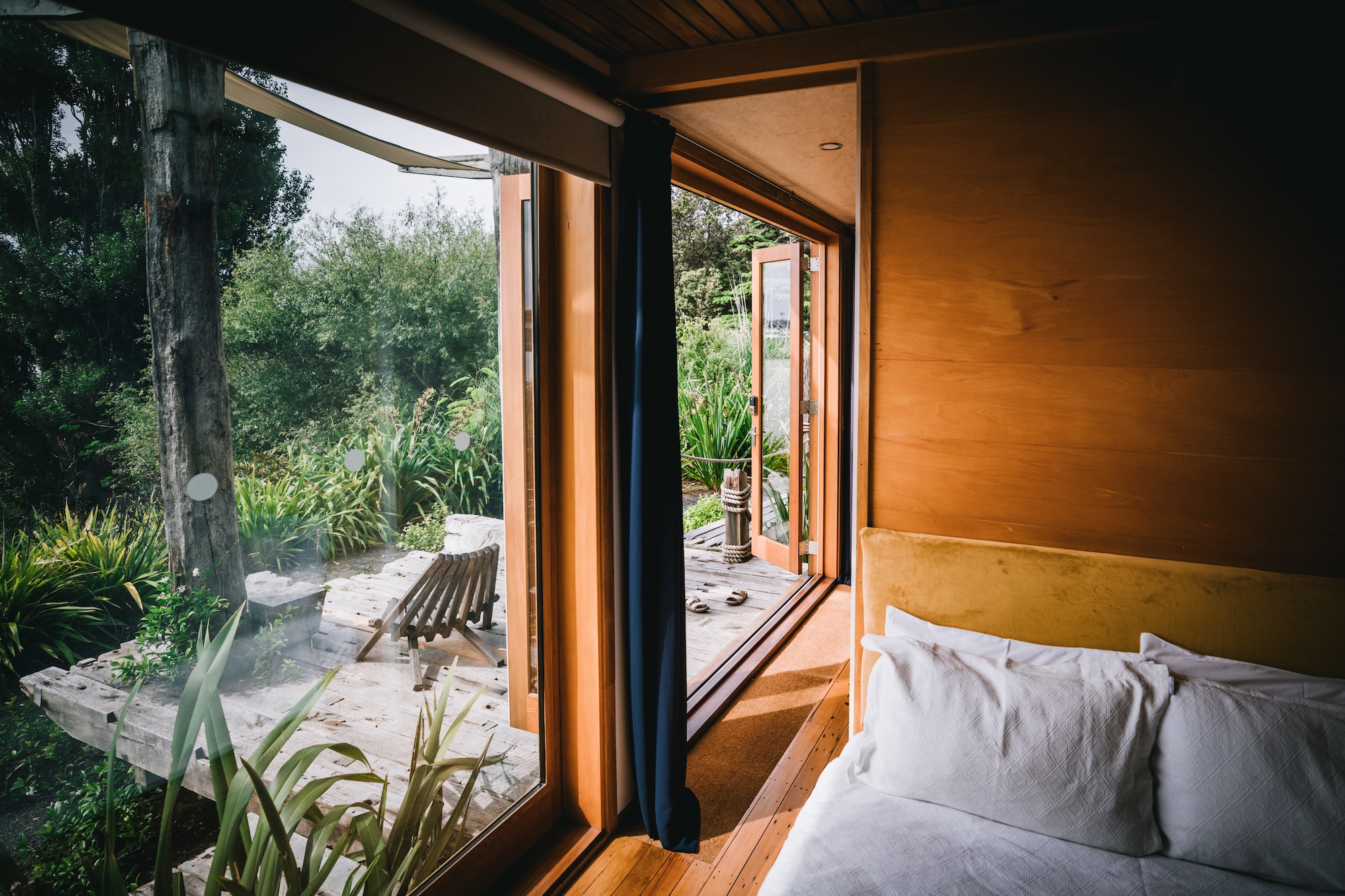
Meander through Bushy Park looking for birds
Coming off the Whanganui River early meant that I had extra time on my hands. What would I search for first? Native birds, of course.
Whanganui is home to one of the coolest predator-free ecosanctuaries in New Zealand: Bushy Park. I’d never heard of it, and it’s free! You can also drive inside the reserve, which is unusual for places like this. Bushy Park is a must-do if you’re keen to visit Whanganui and love wildlife.
Since I had no expectations, I was completely blown away by this place. It was magical! And I had it all to myself. With several kilometers of walking tracks through Bushy Park, there’s something for everyone. You’ll also see some of our rarer birds, including the hihi/stitchbird and tīeke/saddlebacks. It’s also home to Ratanui, the largest rata tree in New Zealand.
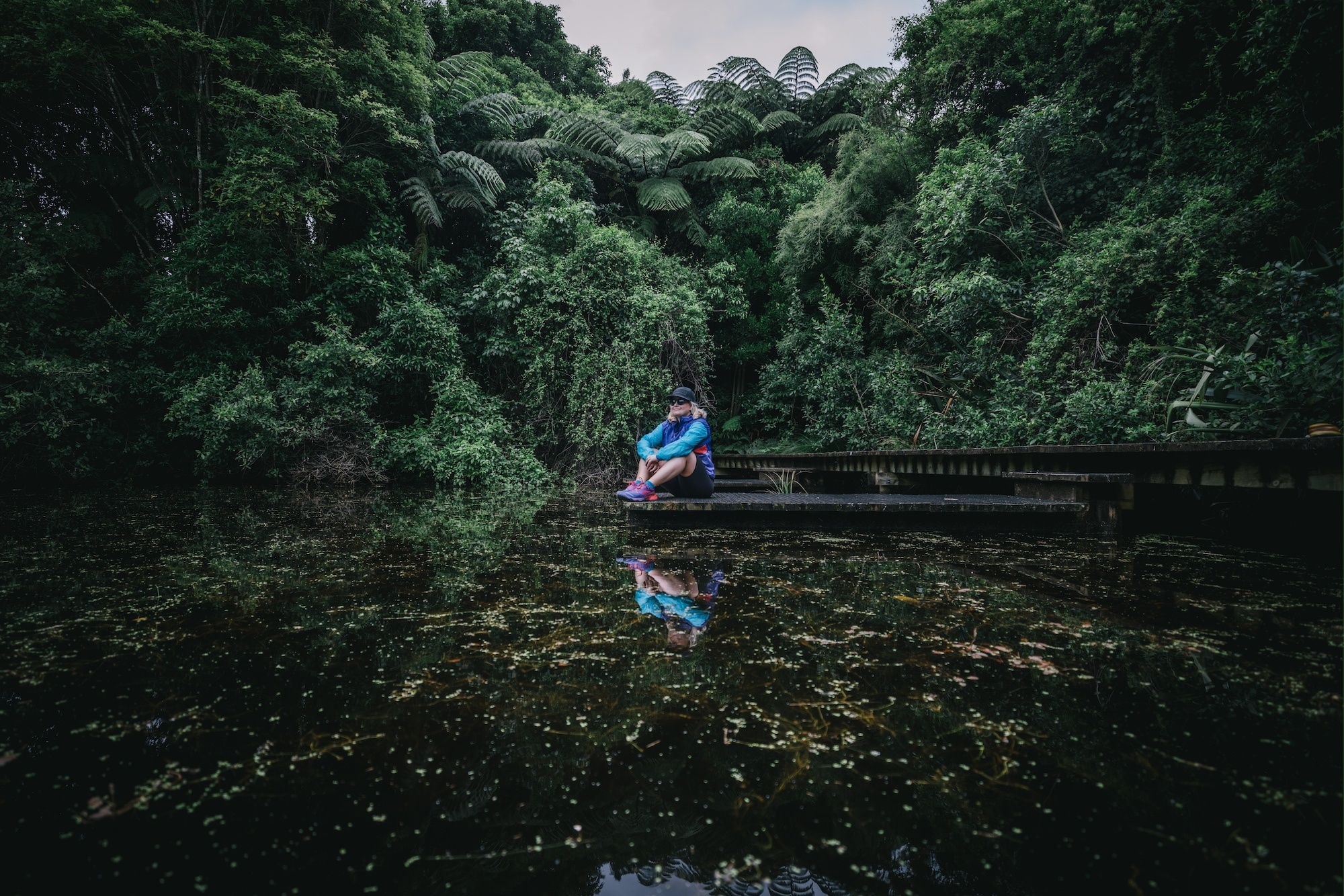
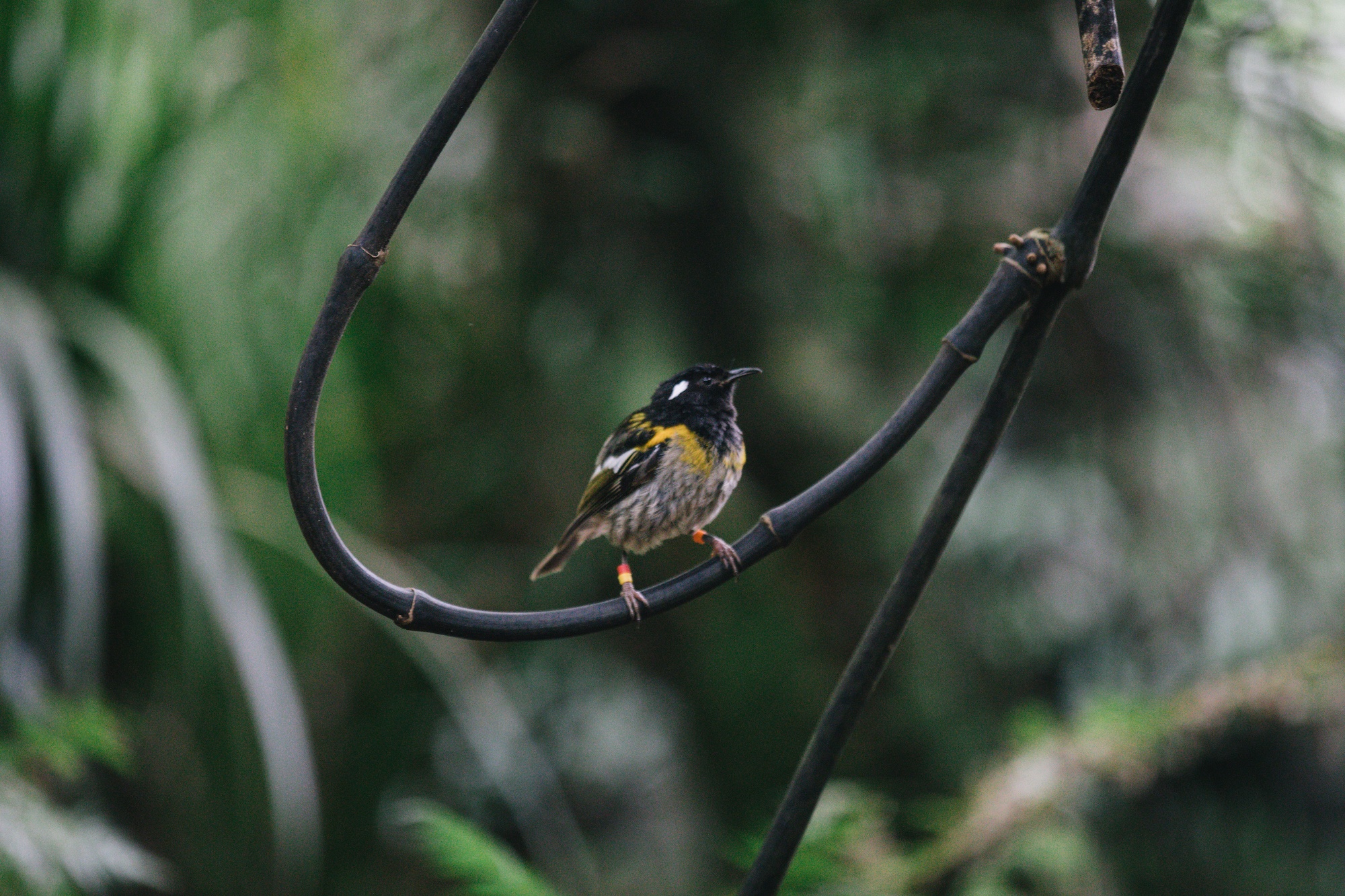
Take a gin crafting class with Papaiti Gin
No one has been more enthusiastic about the gin boom than me over the years. While I can’t quite put my finger on the year, I realized I just couldn’t drink anything sweet anymore; I remember falling in love with gin in Spain. And boutique and small-batch distilleries? Well, those are my fave.
I was so stoked to hear Nikki take the leap of faith and open her own gin distillery in Whanganui. When they moved up to Whanganui from Wellington back in 2021, their house came with pear orchards. Unsure of what to do with the fruit, the idea to launch a gin distillery appeared, and they haven’t looked back since.
Freshly open and running, Papaiti Gin features botanicals that reflect the land where they craft it, such as kawakawa, lemon, quince, basil, rose hip, stinging nettle, and, of course, pears. Papaiti is a small area of land above Aramoho on the right bank of the Whanganui River. My favorite of their gins is definitely the Potager, which has the most amazing citrus taste.
They offer a gin crafting experience, which I heartily signed up for. It was so much fun trying to pick the botanicals, and I loved to whip up my own batch. It didn’t turn out half bad, either!
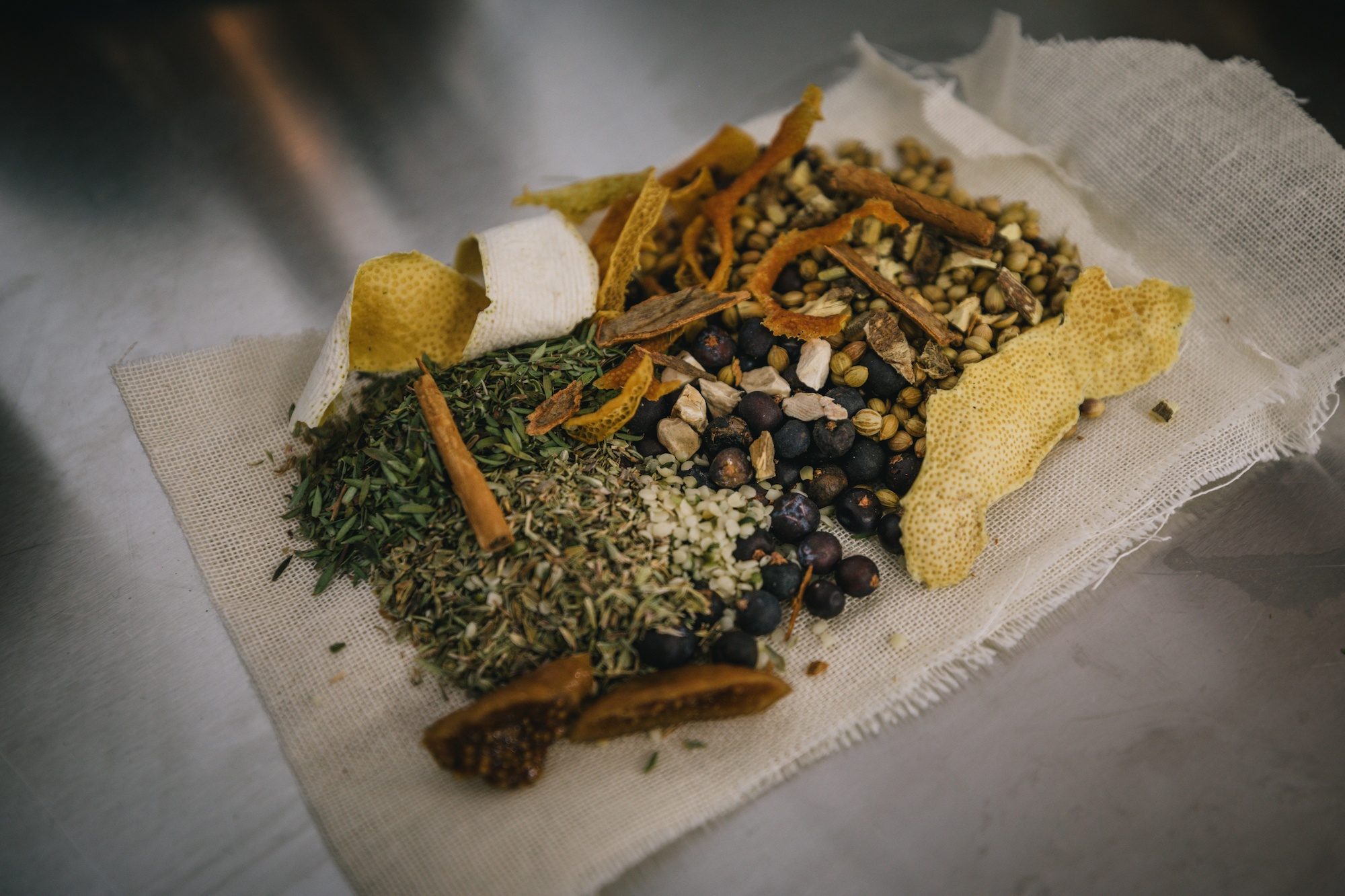
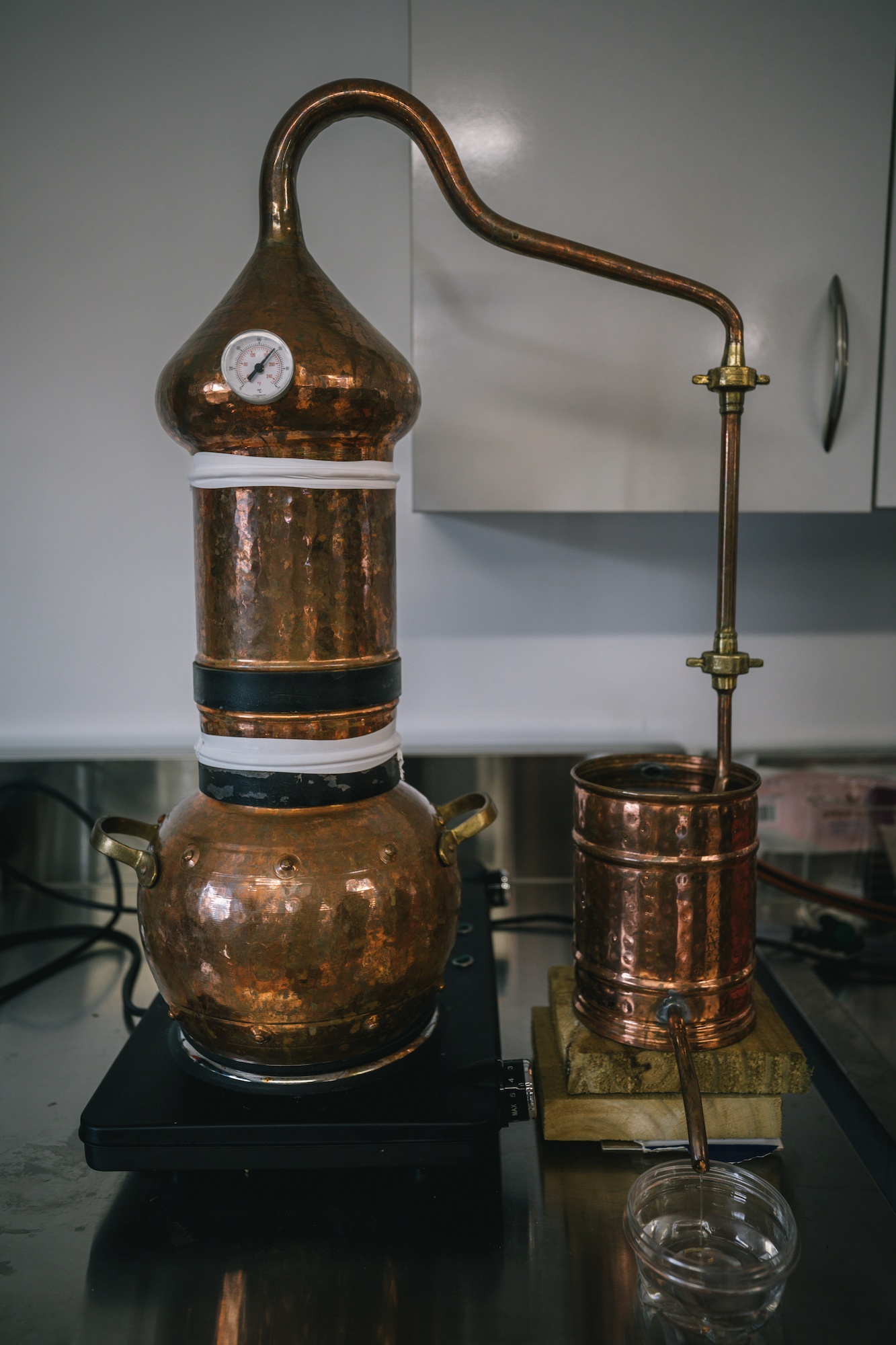
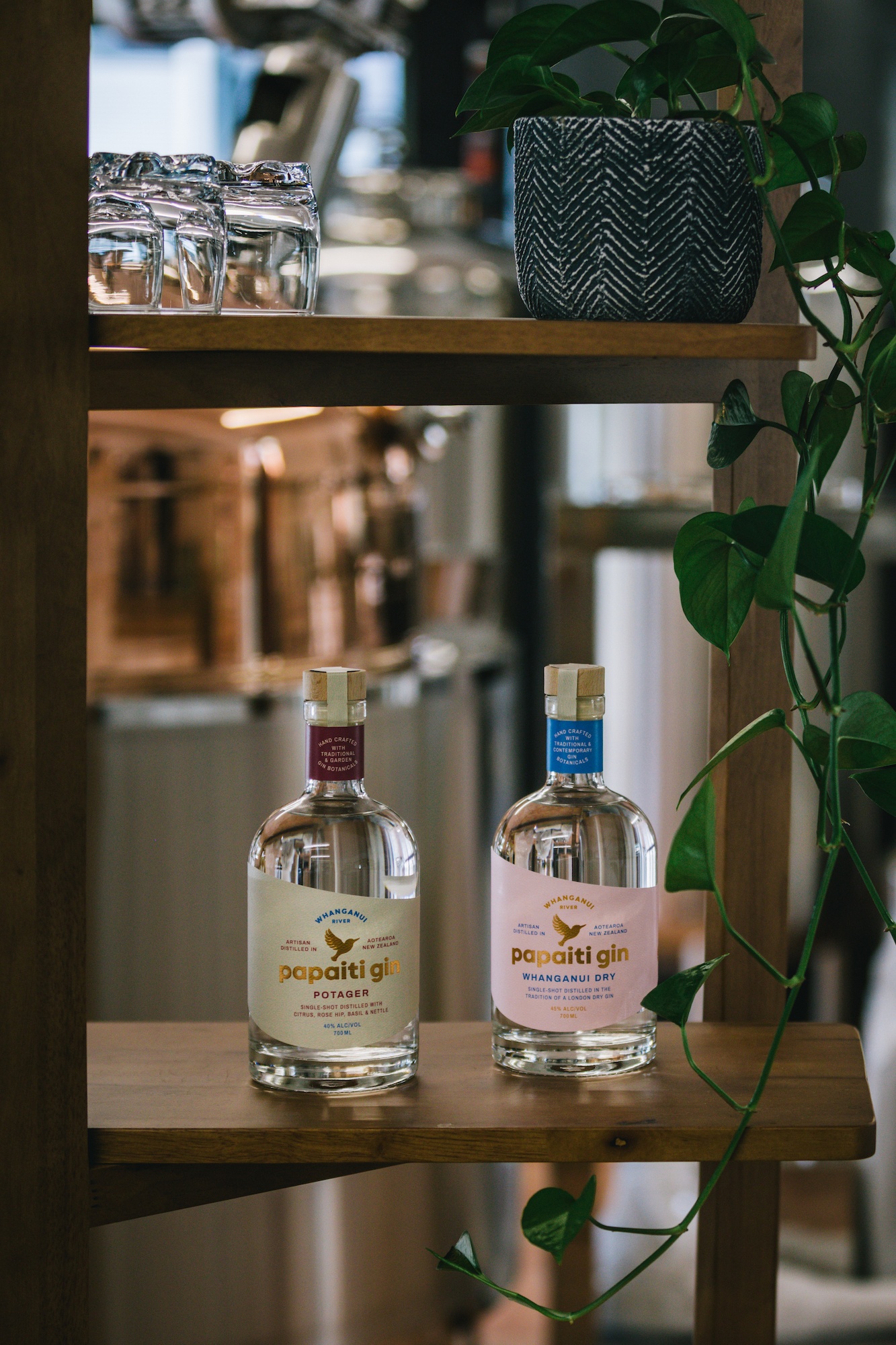
Check out the amazing Whanganui Regional Museum
Ok, listen, guys. I know I’m a nerd. I love a good local museum. And the Whanganui Regional Museum is impressive. And it’s free. Home to an incredible taonga Māori collection of art, historical objects, and Lindauer portraits. And upstairs, it has the most epic collection of moa bones, the huge flightless extinct birds that once roamed New Zealand. I was blown away. I spent three hours here and broke my “no more buying new books” rule at the gift shop.
And just to add to that, something I learned about Whanganui is how to pronounce it correctly. In New Zealand, we learn mostly that in te reo Māori (Māori language), the letter combination “wh” is pronounced as an “f.” However, the local dialect here drops the “h” and pronounces it as “Wanganui.”
Now, this is a gross oversimplification, but here we go. Now some older pākehā (white kiwis) are still, well, pretty racist and refuse to pronounce things correctly with the “f” sound for “wh,” as well as international visitors who just have no idea.
And then the rest of us who pronounce them as we have learned to, with the “f” sound for “wh.” But then you go to Whanganui, and it’s pronounced as a “w,” so you get woke people like me trying super hard to say everything correctly, yet still messing it up. But now you know. It’s correct to refer to “Whanganui” as “Wanganui” when spoken. No “f” sounds in this part of the woods.
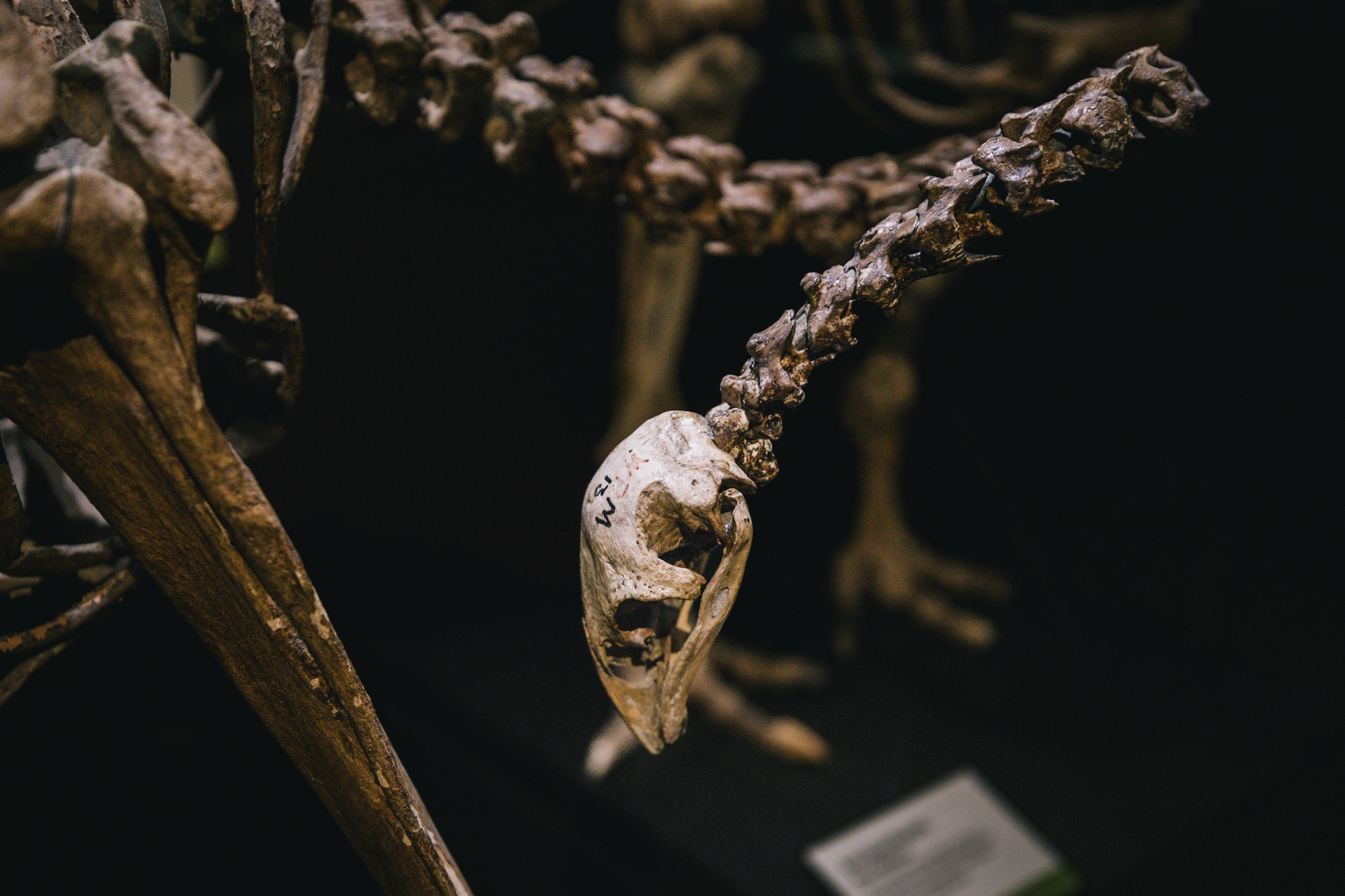
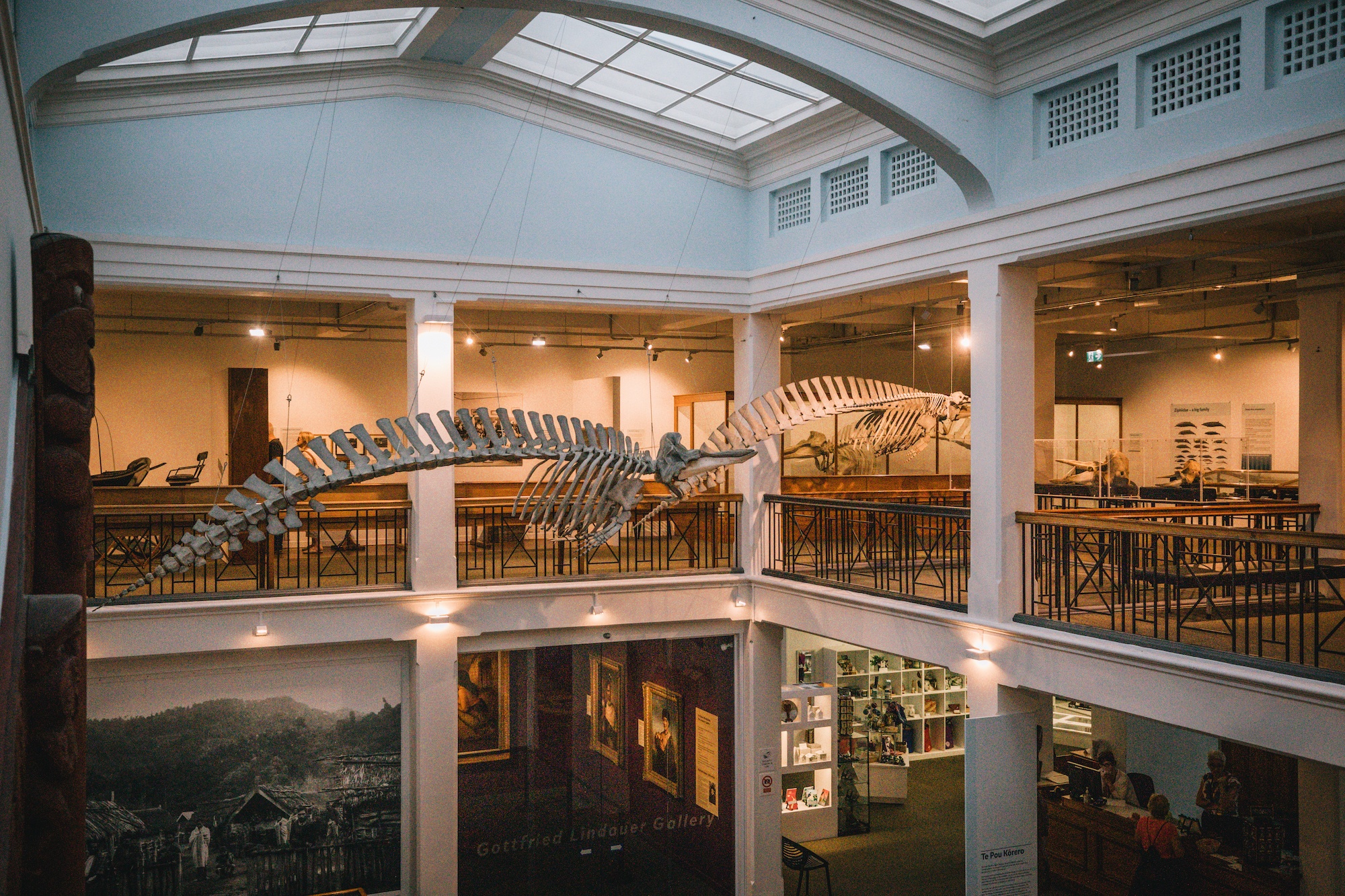
Get lost in the Paloma Gardens
As someone borderline obsessed with botanic gardens, I couldn’t believe my eyes when I stepped inside the Paloma Gardens outside Whanganui for the first time. How had I never heard of this wonderland? It absolutely should have been in my book!
Here Nicki and Clive Higgie have spent over 30 years creating and sculpting one of the most impressive gardens in the country. $10 cash in an honesty box will let you in, and if you’re like me, I wandered for hours and didn’t see another person. If you want to visit Whanganui and see the green side of the area, be sure to head here.
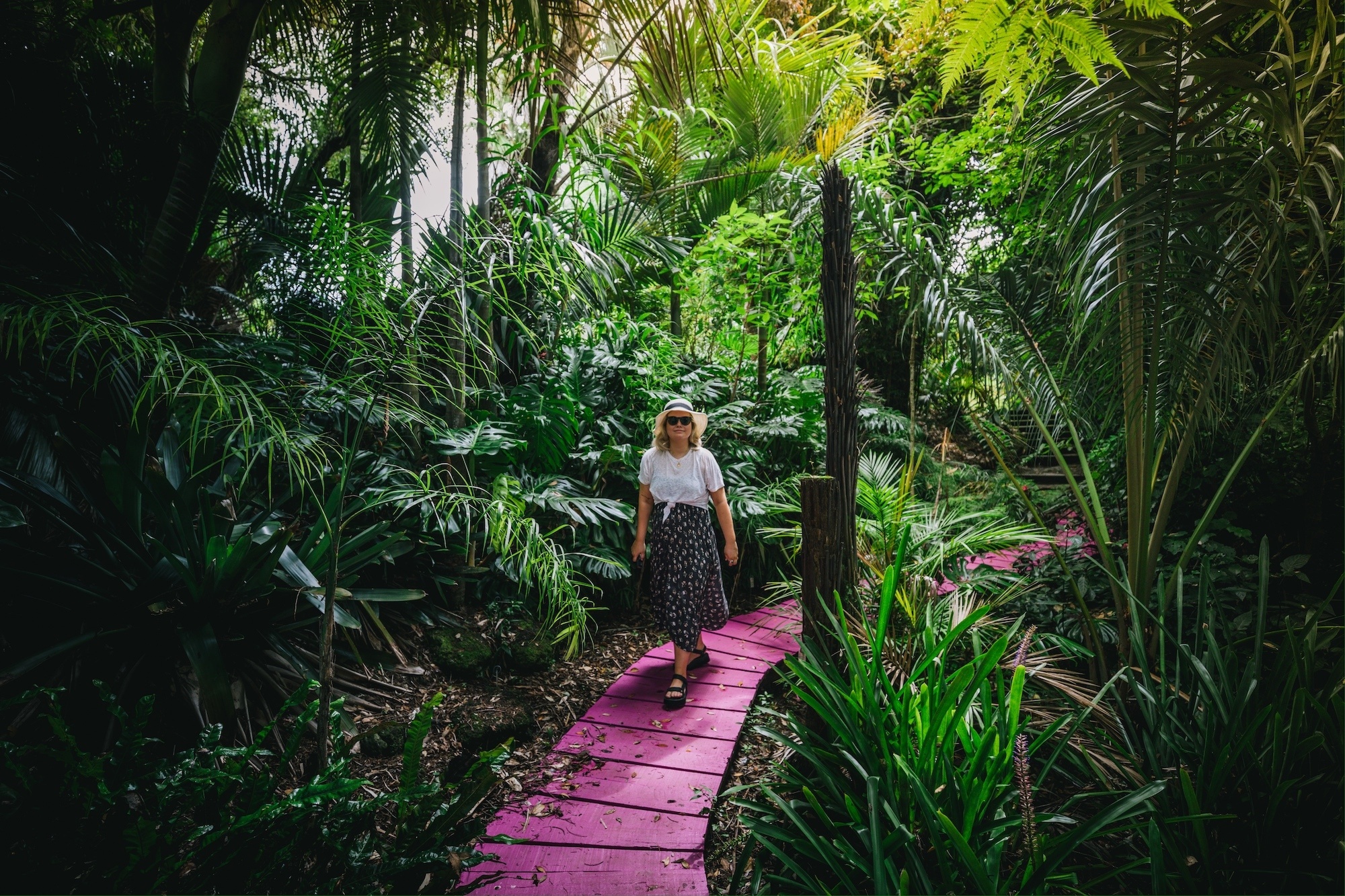
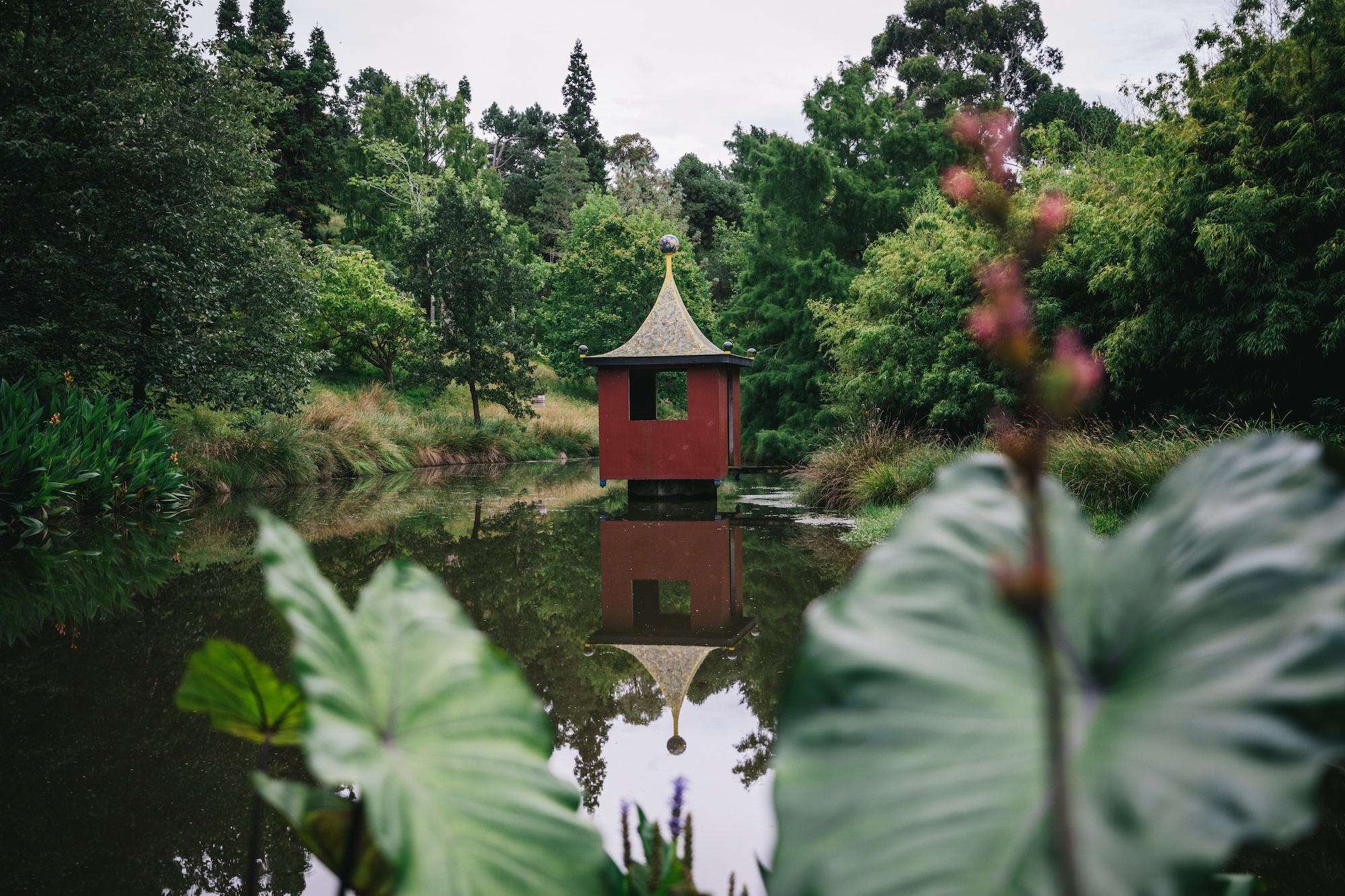
Check out the amazing street art
I’ve always thought a city that invests in street art is a really cool city. After several festivals over the past few years, well-known street artists have flocked to create incredible murals around the old city center.
Additionally, one of the best ways to explore downtown Whanganui is by wandering around and checking out the street art. How many can you find?
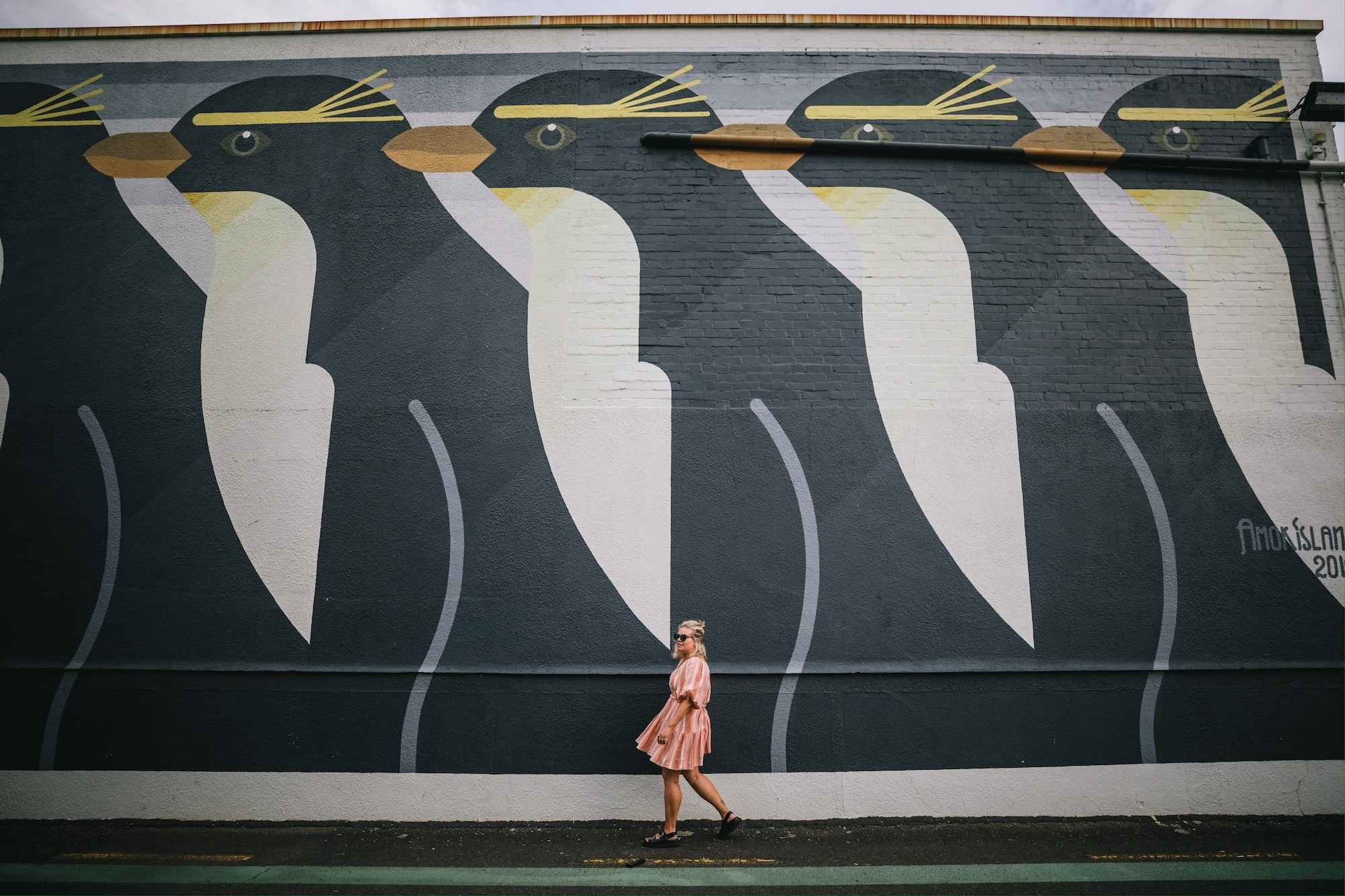
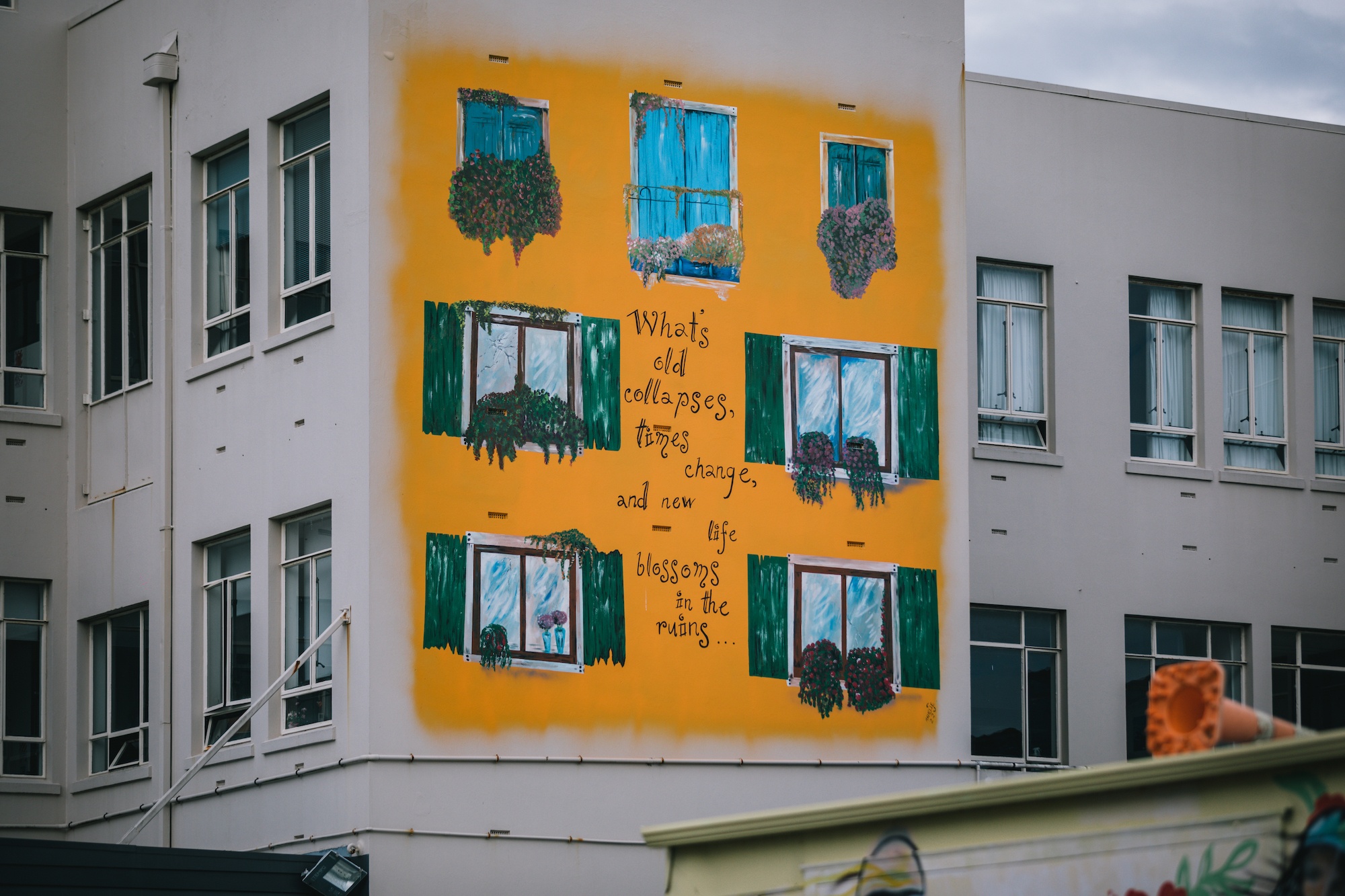
Indulge in the rising foodie scene
I don’t think I had a bad meal or a bad coffee the entire time I went to visit Whanganui. I definitely overdid it with the meals, though!
- Favorite coffee: Article Cafe
- Favorite brekkie: Little Curious Bagels
- Favorite lunch: Mud Ducks
- Favorite dinner: Maria Lane Eatery
- Favorite bar: Porridge Watson
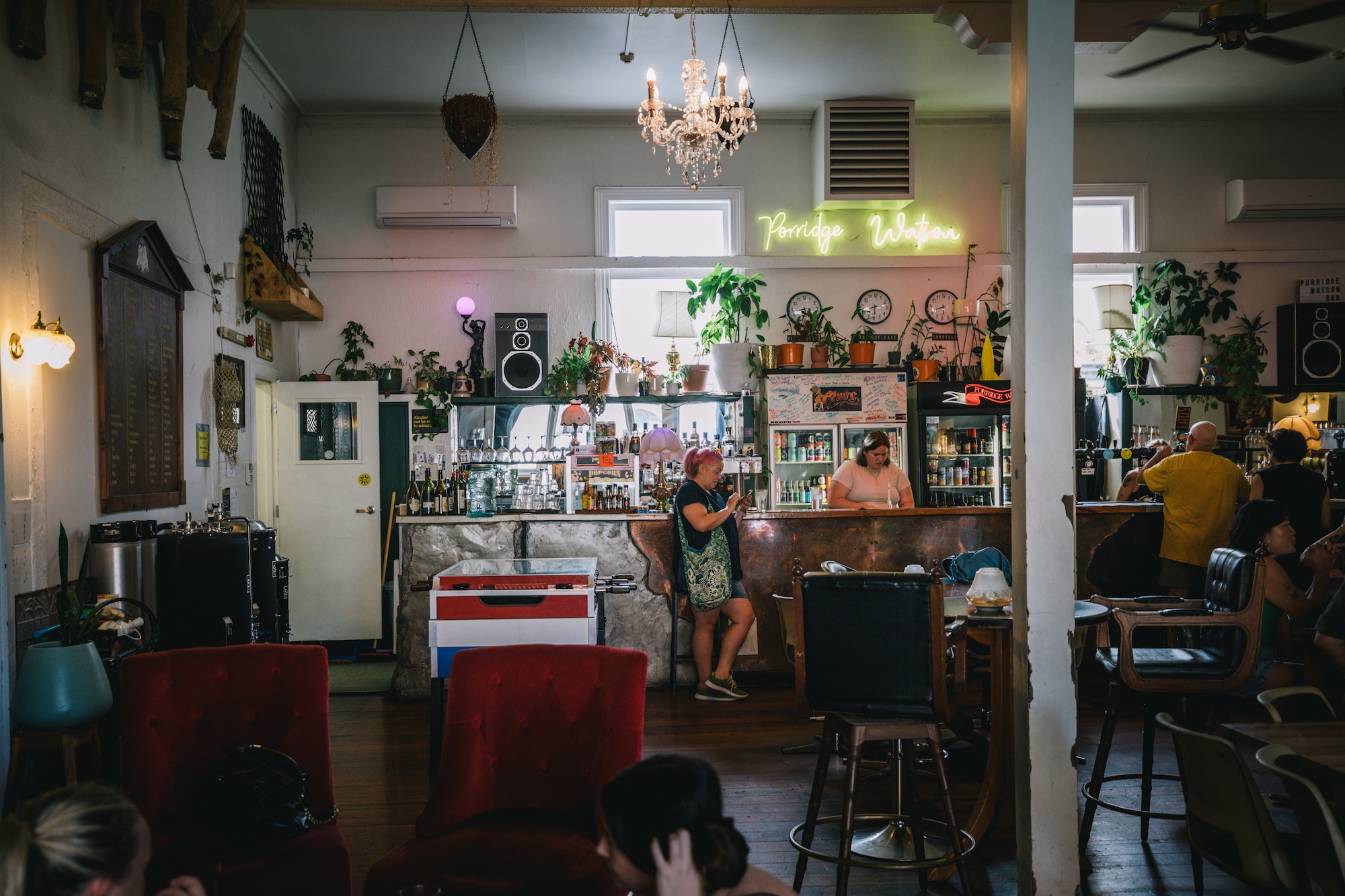
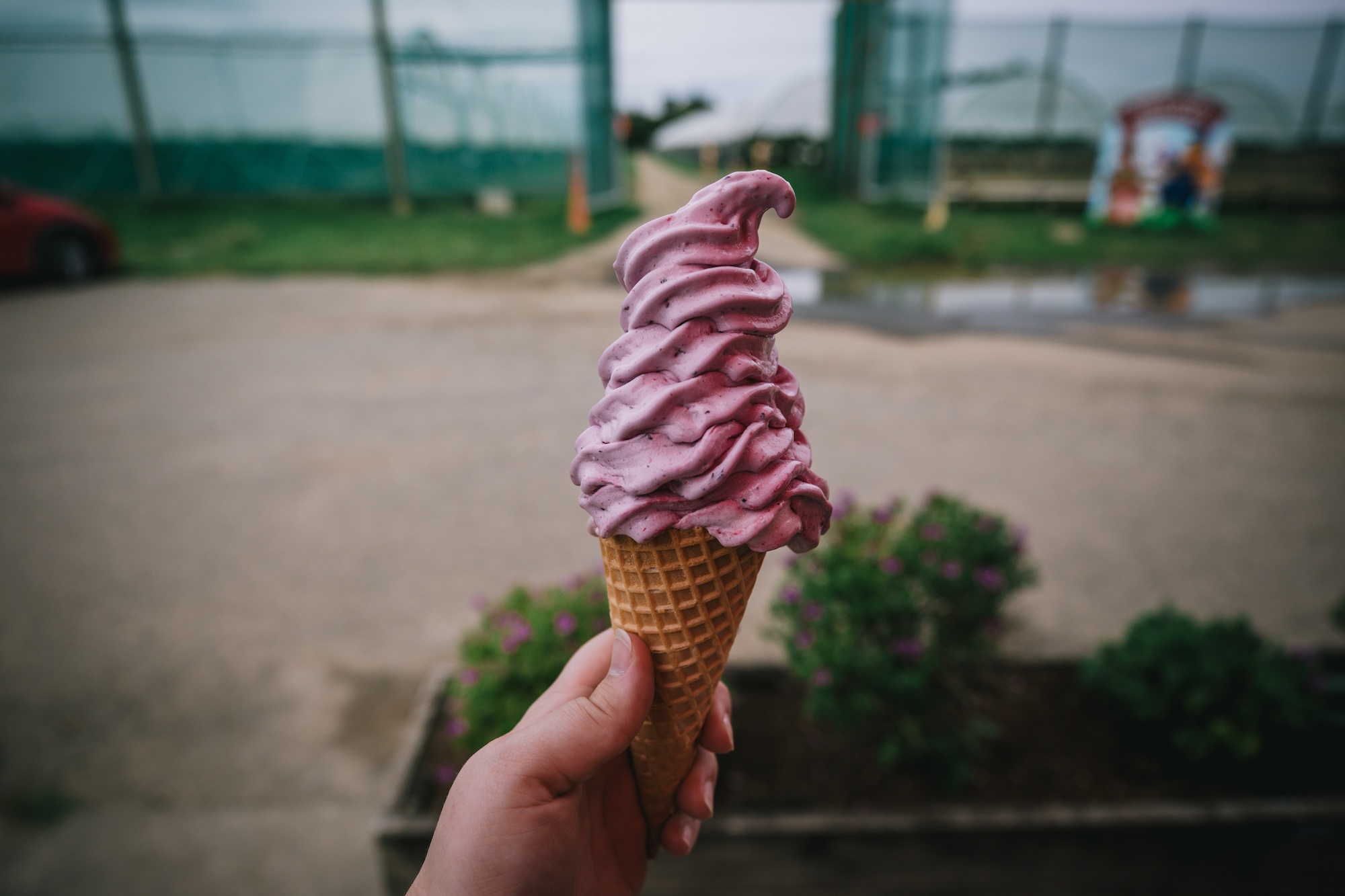
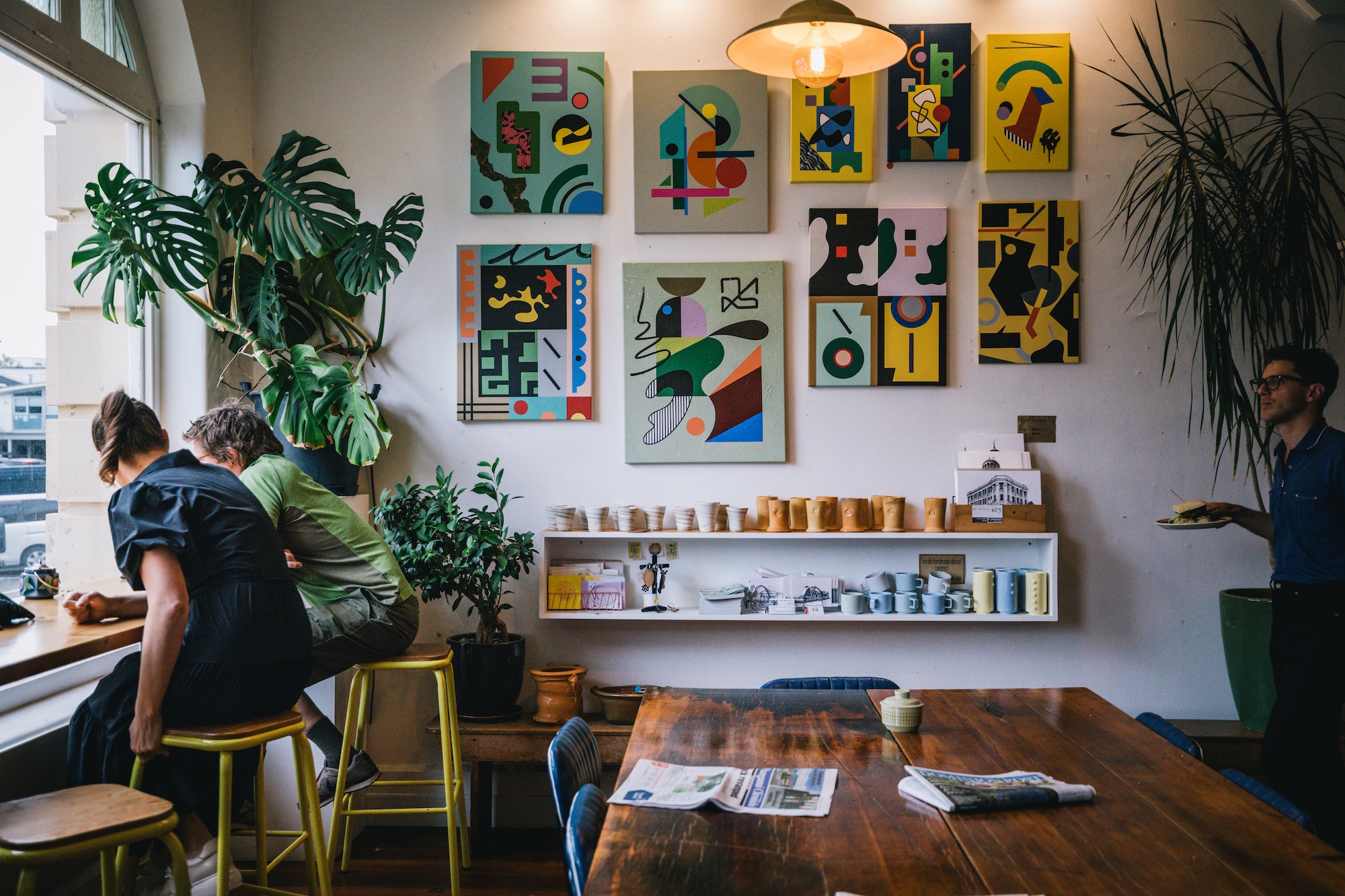
Make a paperweight at New Zealand Glassworks
There might not be another glassblowing studio in New Zealand where you can pop in and do an hour-long workshop to make your own glass paperweight. You’ll love making something with glass if you’re anything like me. There’s something so mesmerizing about it, and it’s really beautiful.
The artists at New Zealand Glassworks are world-famous, and their work is incredible, which you’ll appreciate all the more after attempting to make a paperweight.
Their paperweight glassblowing workshops fill up fast, so get in quick.
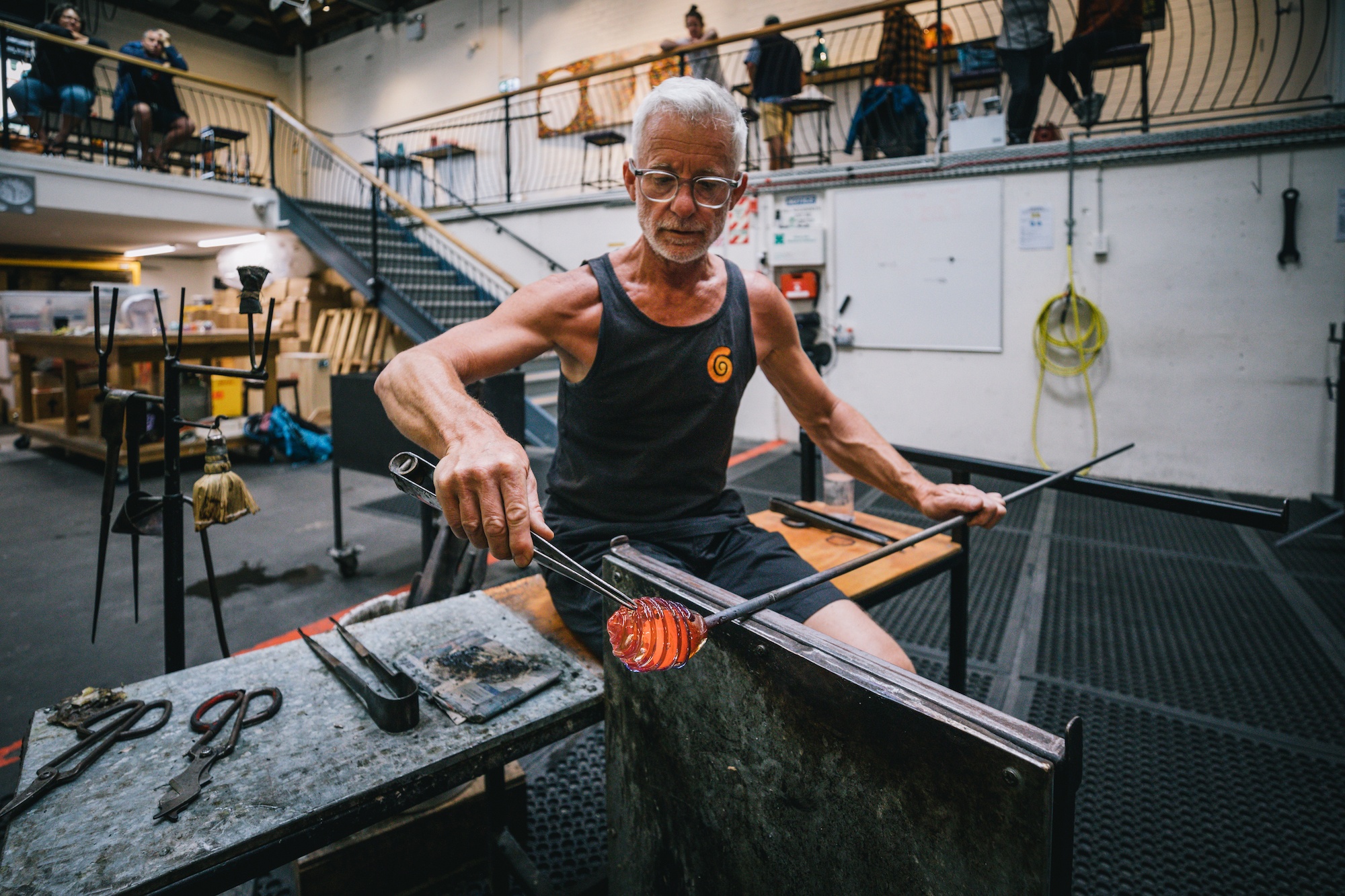
Take in the buzzing art scene
Whanganui is home to hundreds of working artists, and it has a very creative vibe to it that you’ll pick up immediately. And the art scene is only growing. It also feels fresh, welcoming, and exciting, like you’re discovering new galleries and artists to follow.
Also, there are heaps of great art galleries and two impressive art museums: The Sarjeant Gallery Te Whare o Rehua and Quartz Museum of Studio Ceramics.
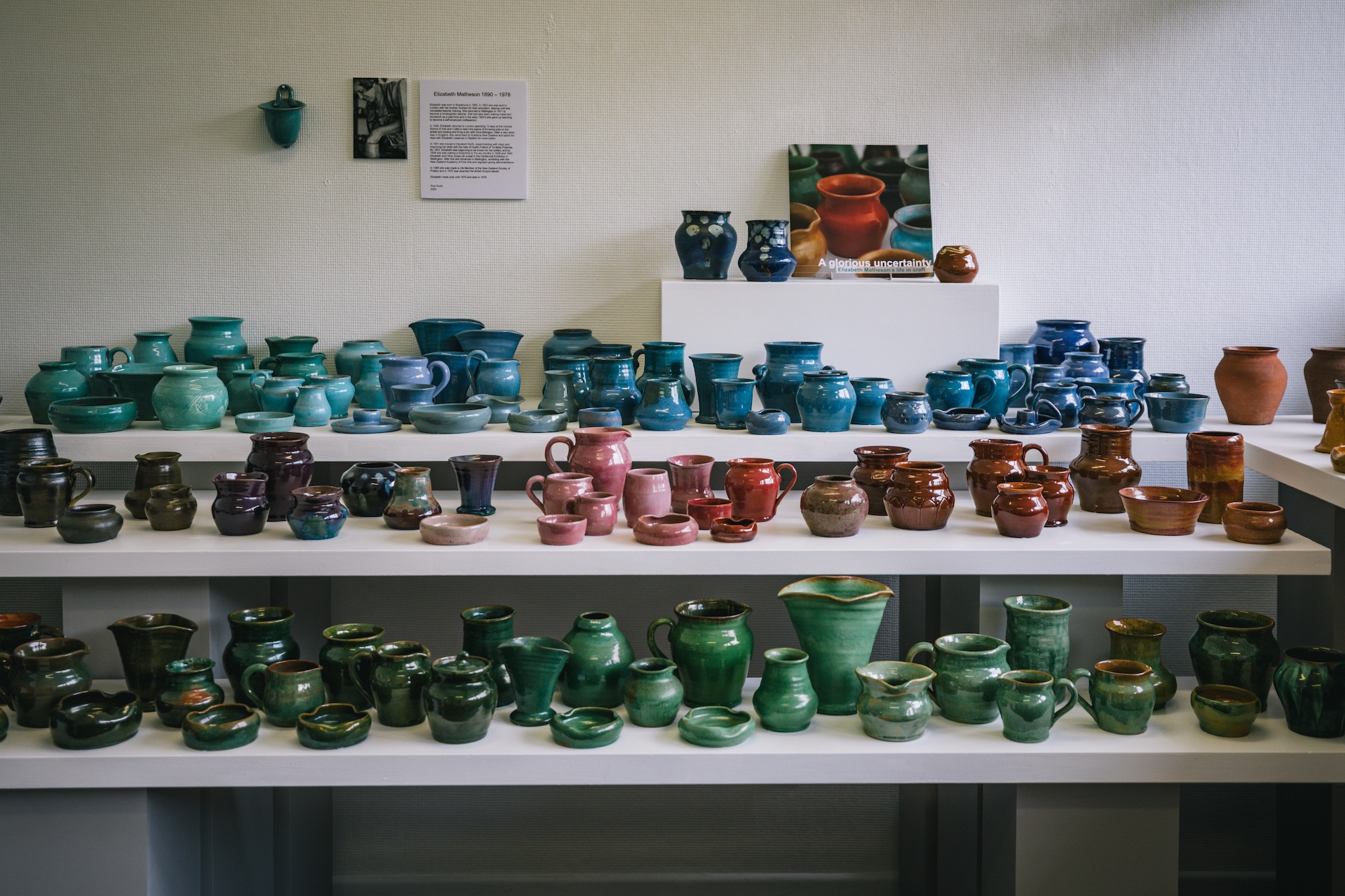
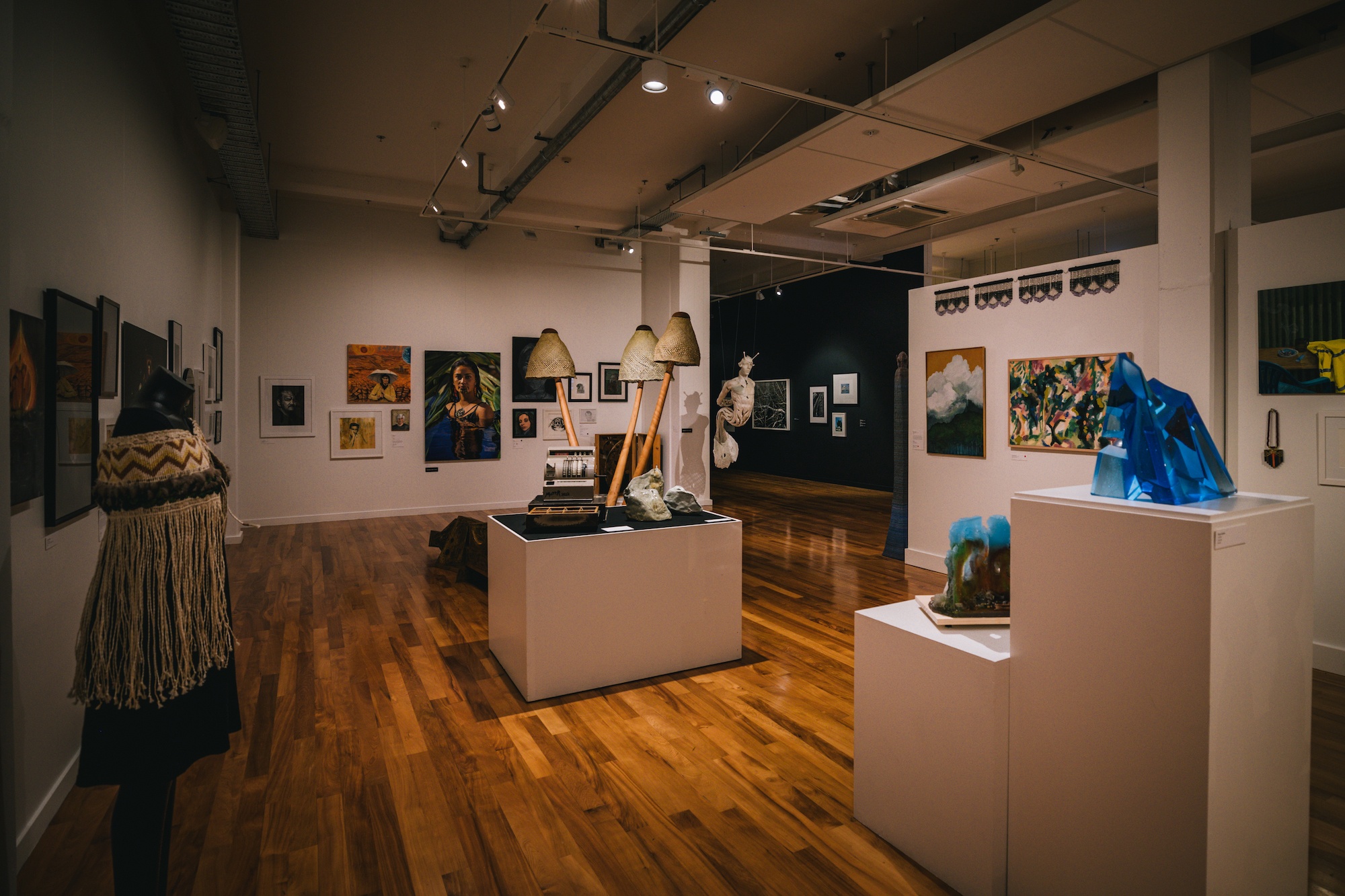
Climb up the Durie Hill Tower for the best views of Whanganui
Durie Hill is a cute little suburb overlooking Whanganui and is home to the only underground and public transport elevator in New Zealand. Over a century old, you walk down a long tunnel at the bottom of the hill before hopping on the elevator – $2 each way. The Durie Hill elevator is an iconic tourist attraction if you want to visit Whanganui, but locals also use it to get home.
The views at the top are amazing, but make sure to climb the 113-meter-tall tower, which serves as a war memorial to the 513 people from Whanganui who died in WWI.
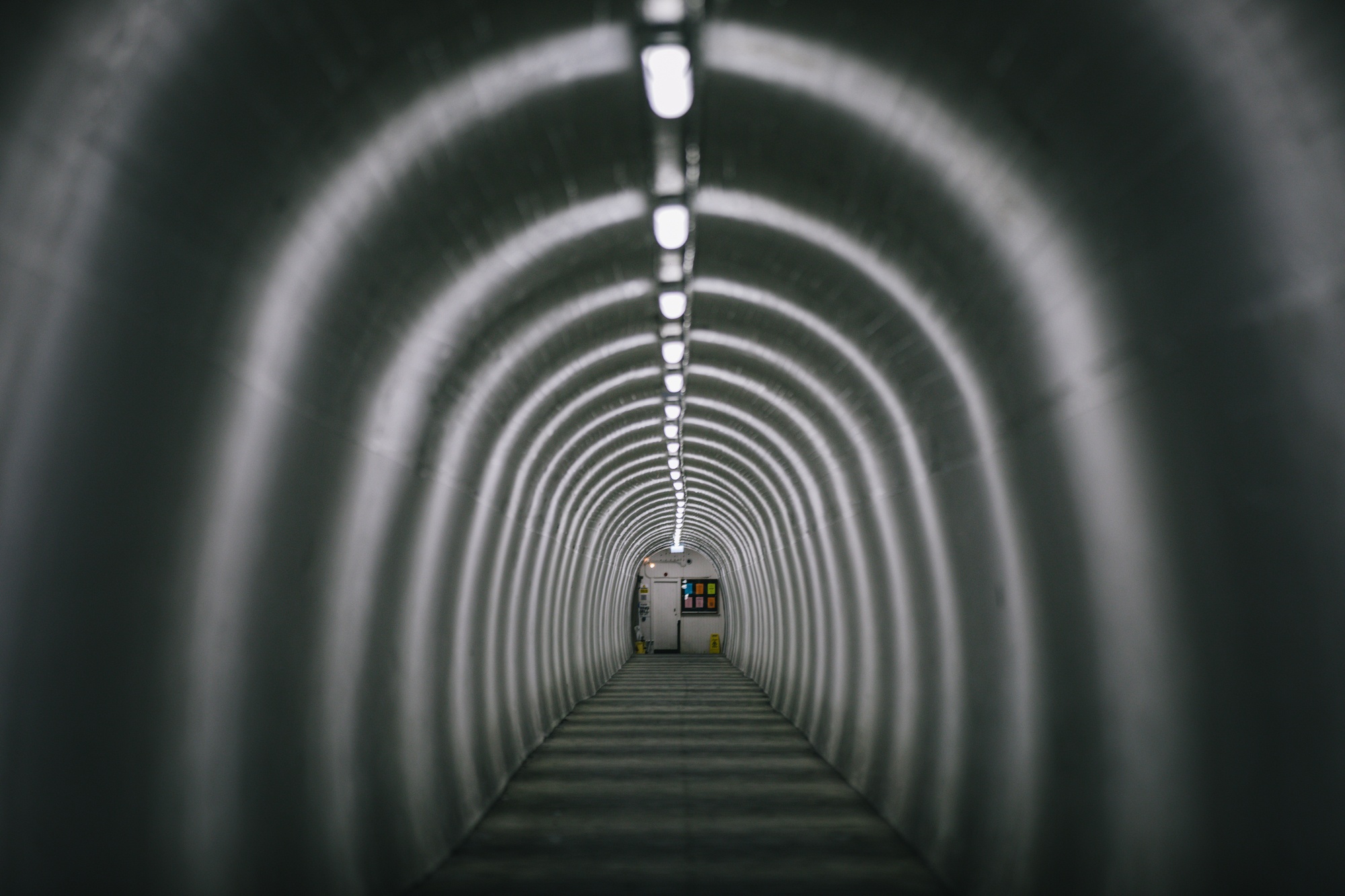
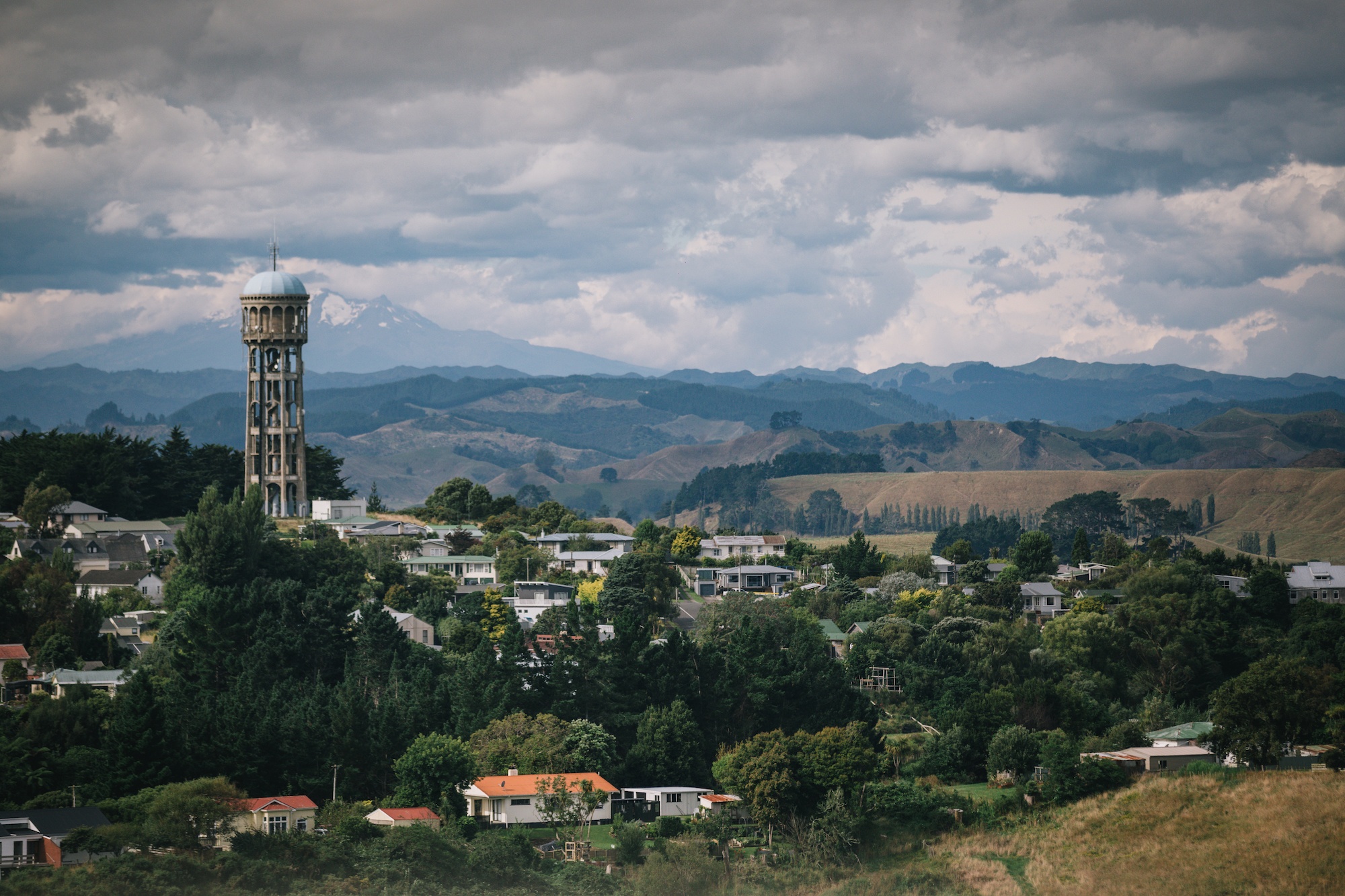
Head to the beach for sunset
Finally, it’s easy to think of the river when you consider Whanganui, but it also sits right up along a pretty stretch of coastline. With three great beaches an easy distance from the city, you’ve got a bit of everything: South Beach, Kai Iwi Beach, and Castlecliff Beach.
Most are patrolled in summer with lifeguards, and they are beautiful to walk along for sunset.
Have you been keen to visit Whanganui? Have you been before? Spill.
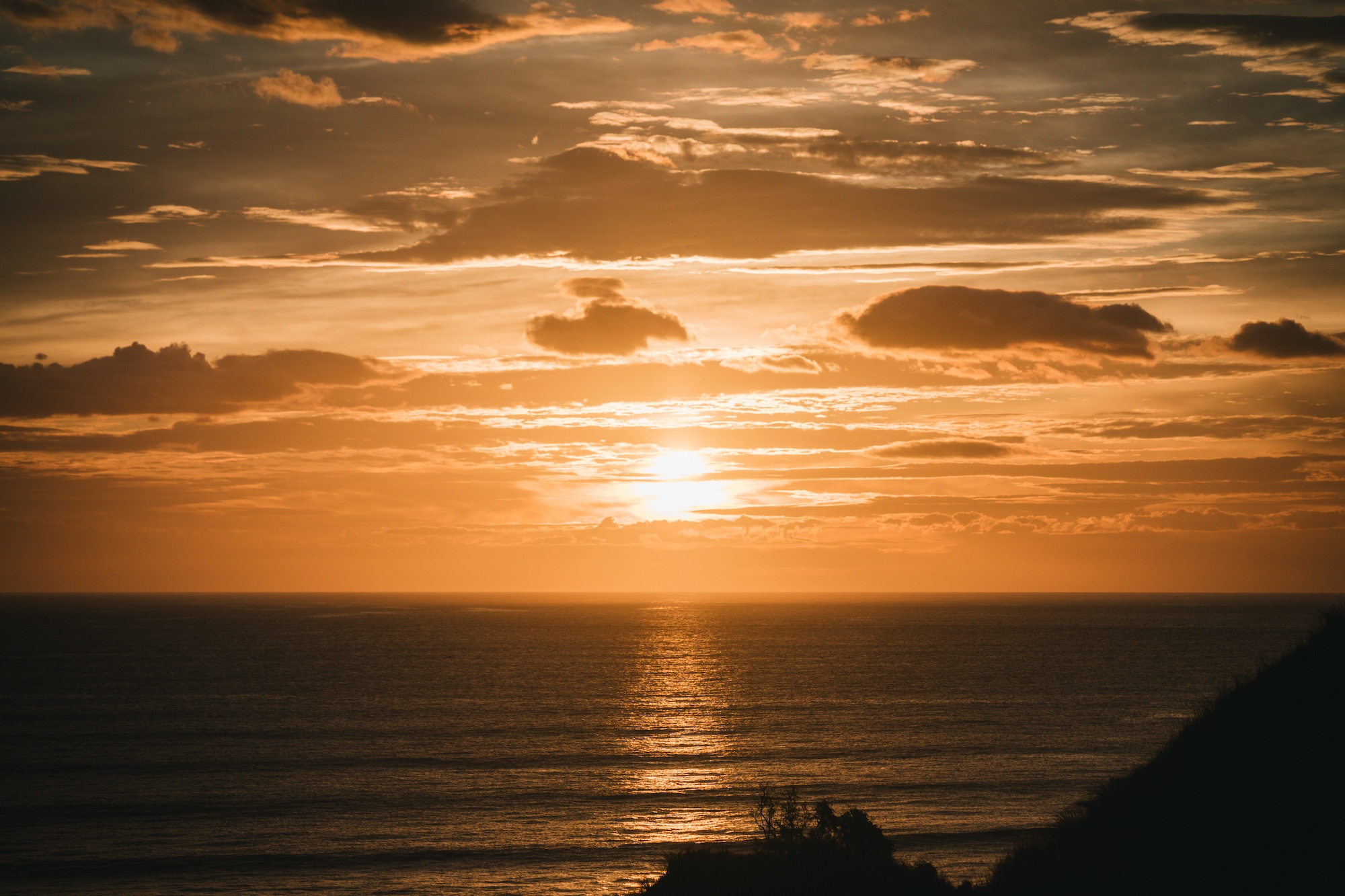
Many thanks to Whanganui and Partners for hosting me on this amazing trip – like always, I’m keeping it real. All opinions are my own, like you could expect less from me.
The post 30 photos that will inspire you to visit Whanganui appeared first on Young Adventuress.



